DANUrB+ - PARTNERSHIP ON A JOURNEY CONNECTING COMMUNITIES IN HUNGARY, SLOVAKIA, AND AUSTRIA
21-10-2021
The DANUrB+ International Partners’ Meeting took place in 3 different countries – Hungary, Slovakia, and Austria between 10th and 15th October 2021. It gathered more than 50 project partners and stakeholders from the 6 countries - Hungary, Serbia, Romania, Bulgaria, Croatia, and Slovakia.
On the first day the DANUrB+ team started from Budapest and traveled through the Slovakian countryside along the Danube heading out to Sturovo/Esztergom, visiting different good practices from the region. In an uplifting mood and despite of the rainy weather in Komarno, participants learned about the city, its charming architecture, and great initiatives. The team visited the old steam pumping station and the old-fashioned machineries in Kameničná. The trip continued to the water mill in Kolárovo which is situated in a gorgeous park in a beautiful harmony with the nature. The secrets of local winemaking were revealed to the group when it visited the Chateau Ruban and had the opportunity to taste the finest selection of local wines.
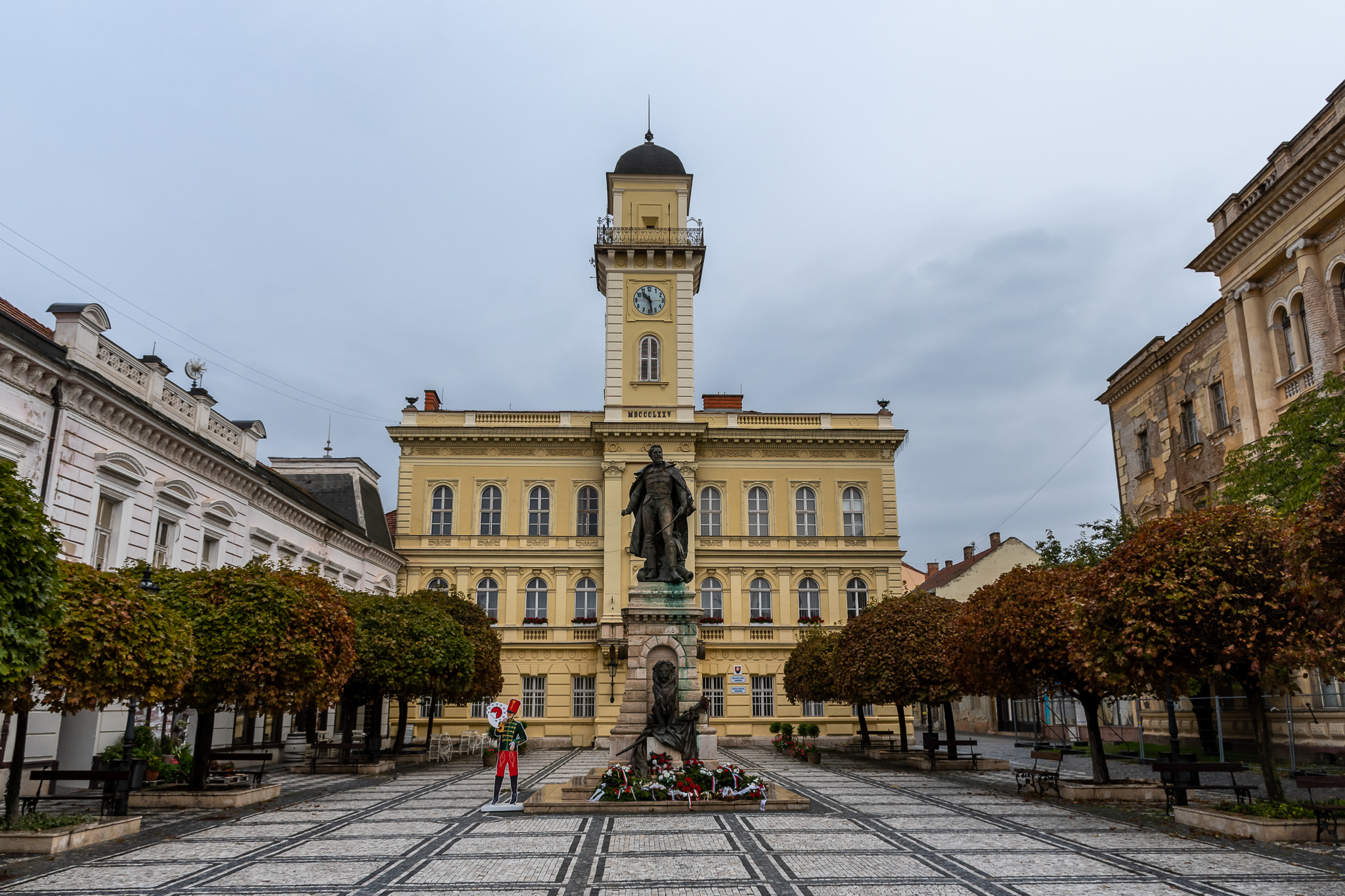
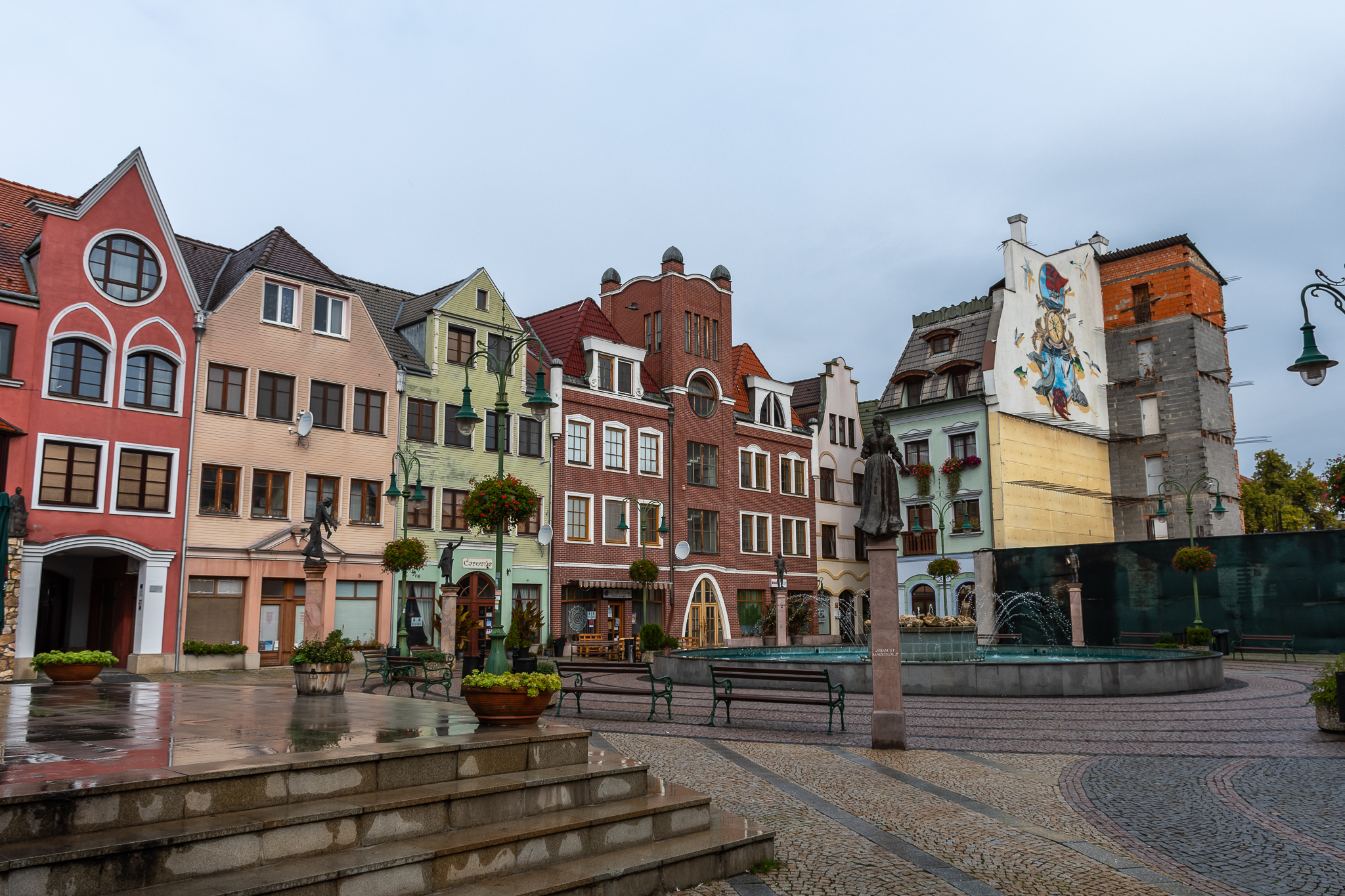
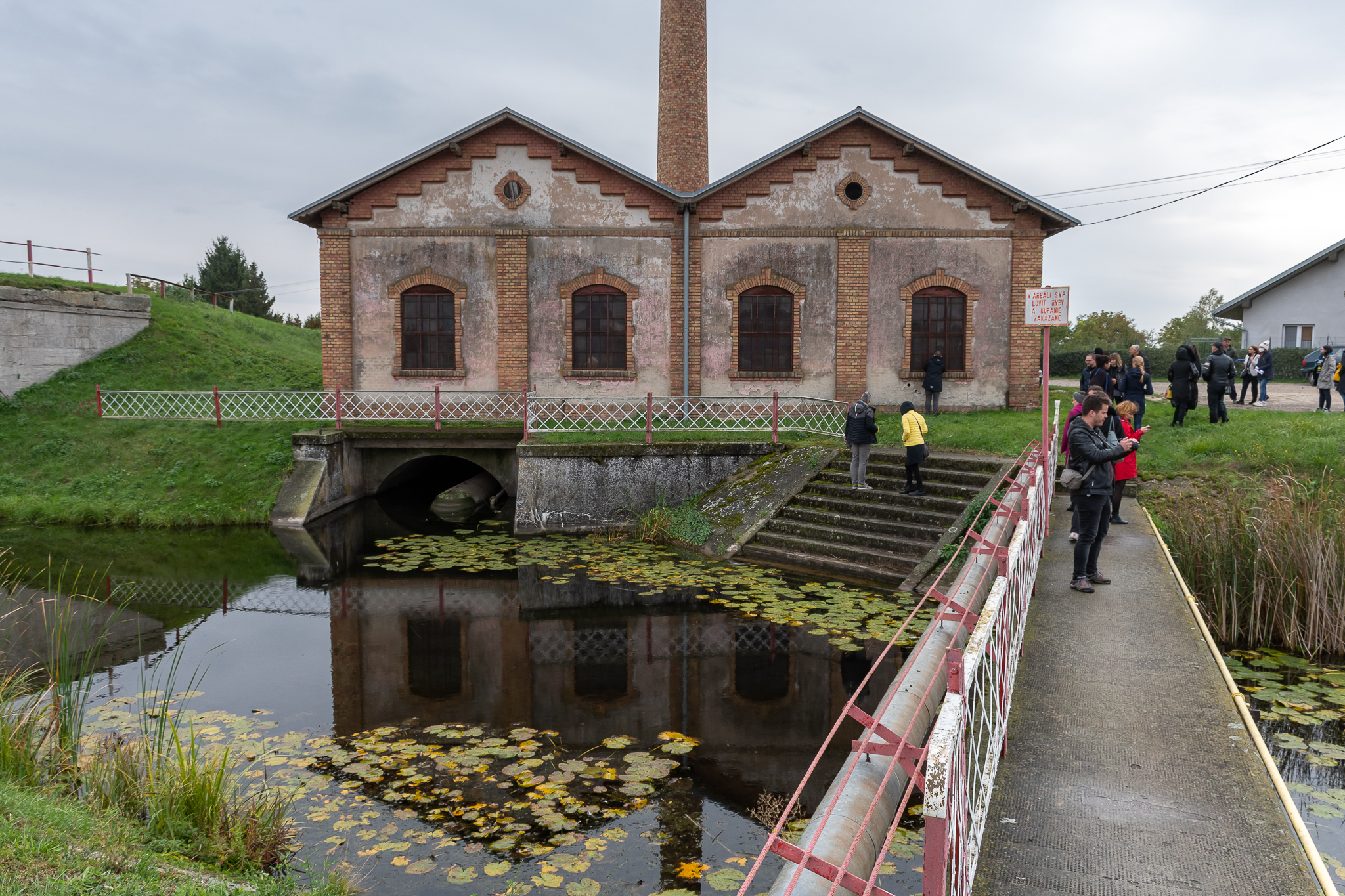
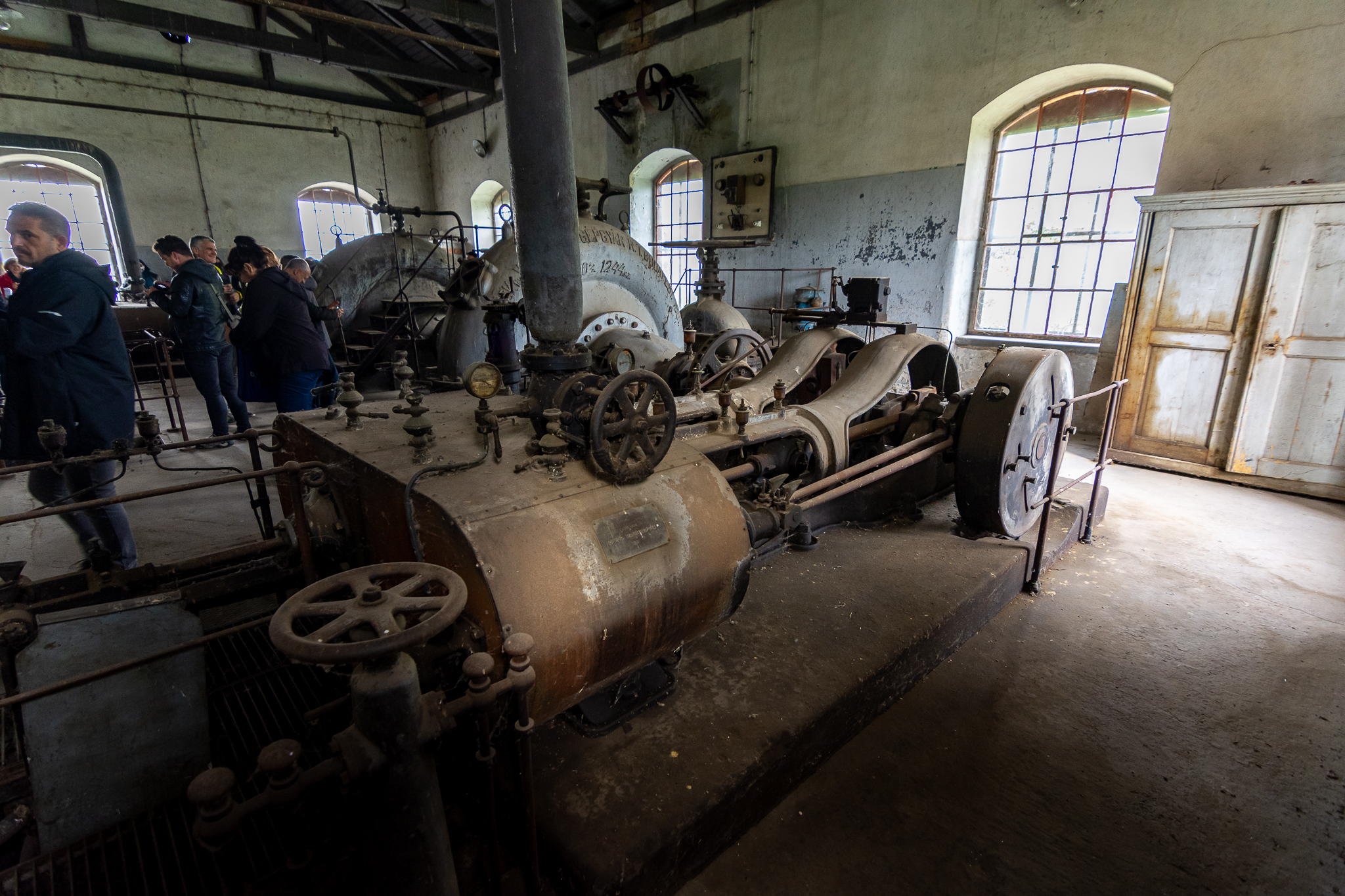
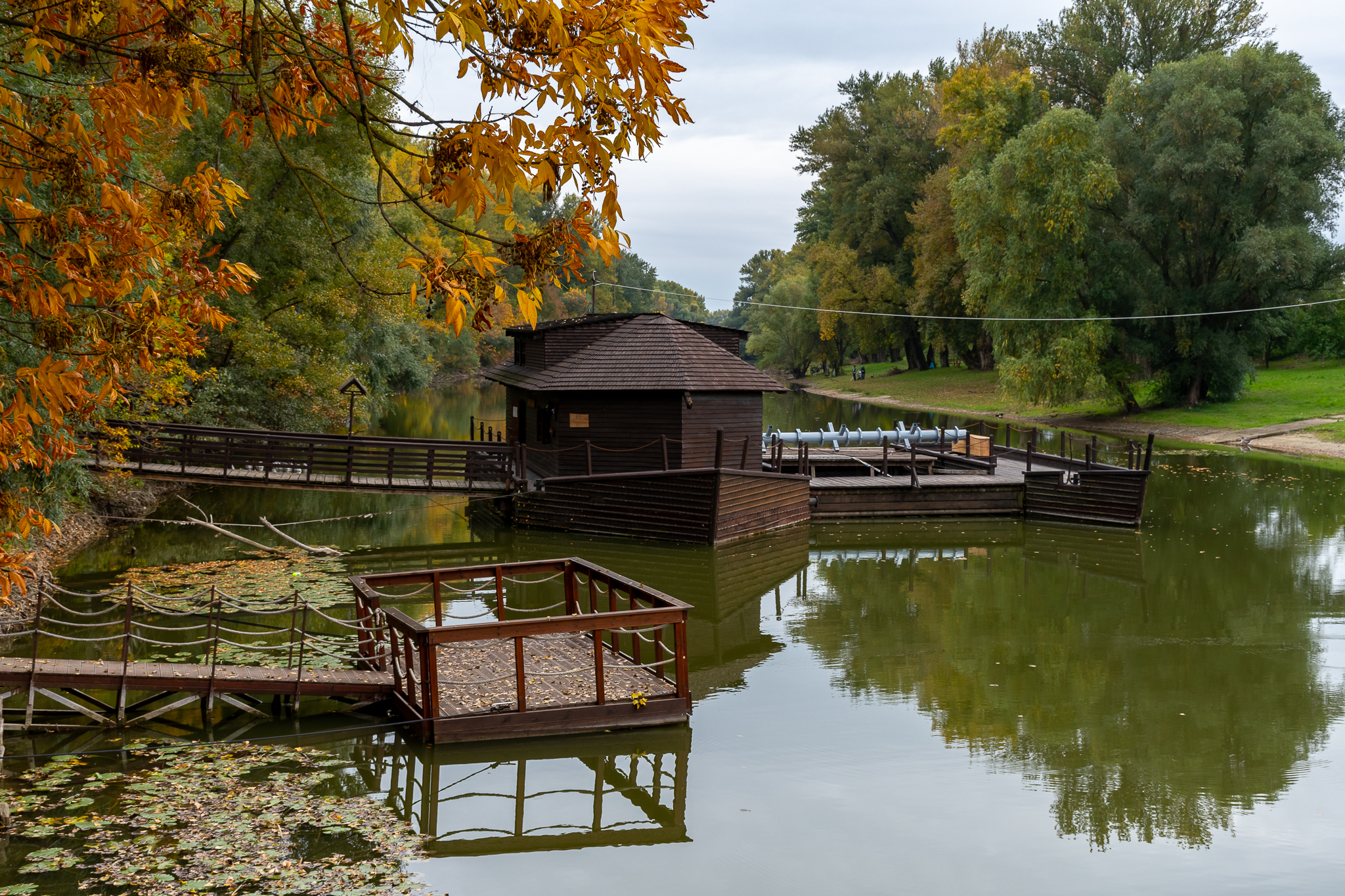
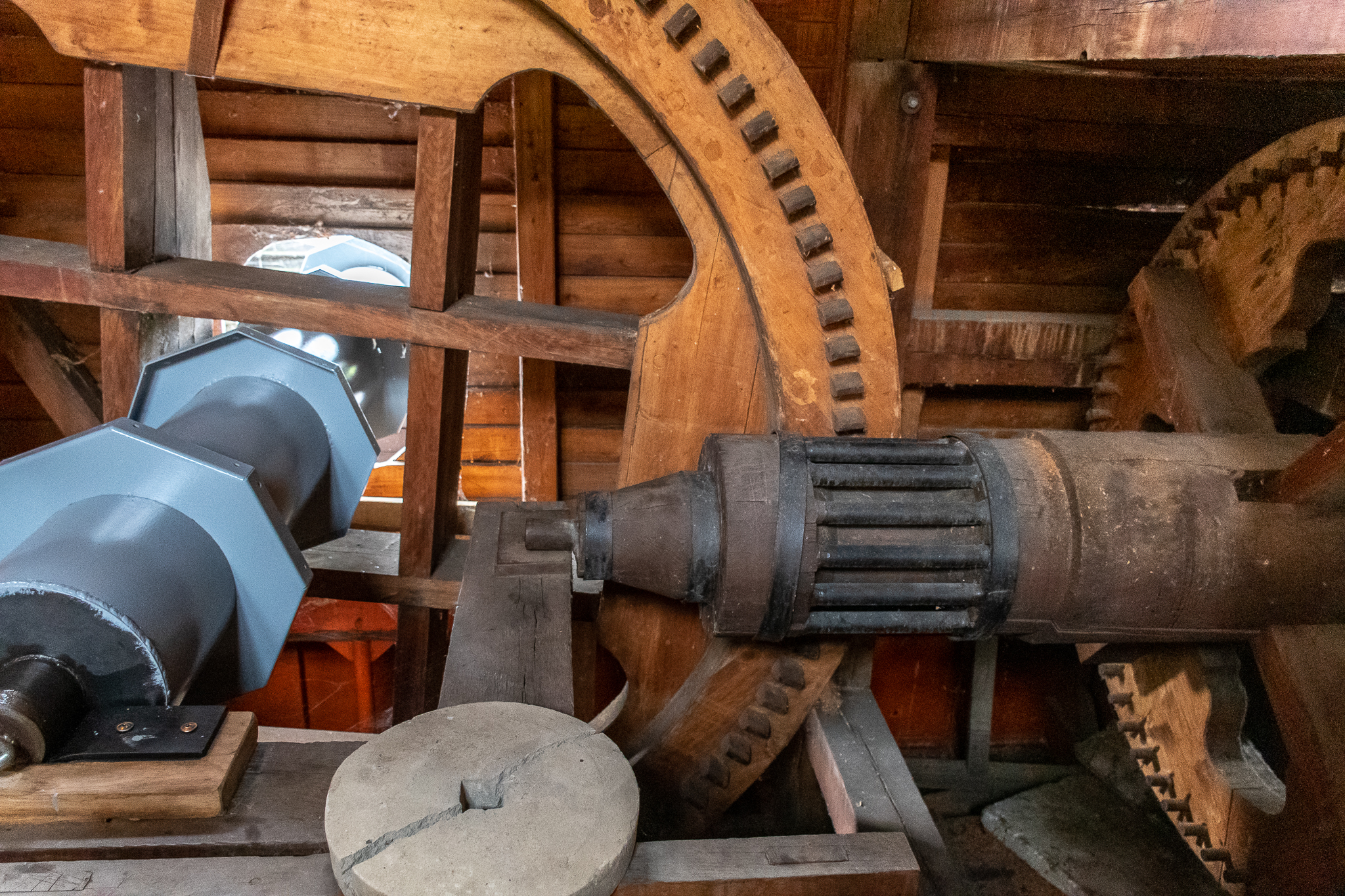
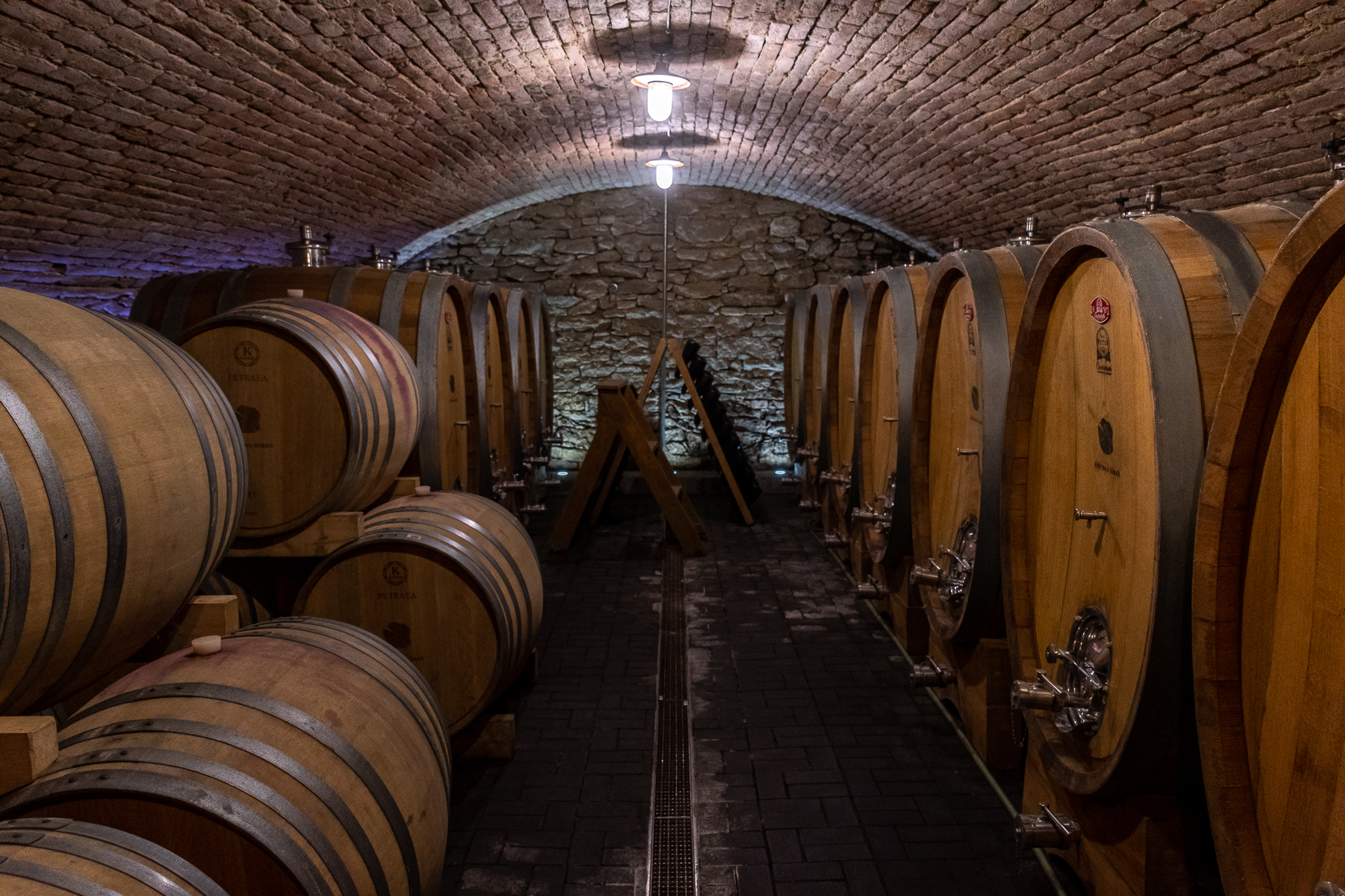
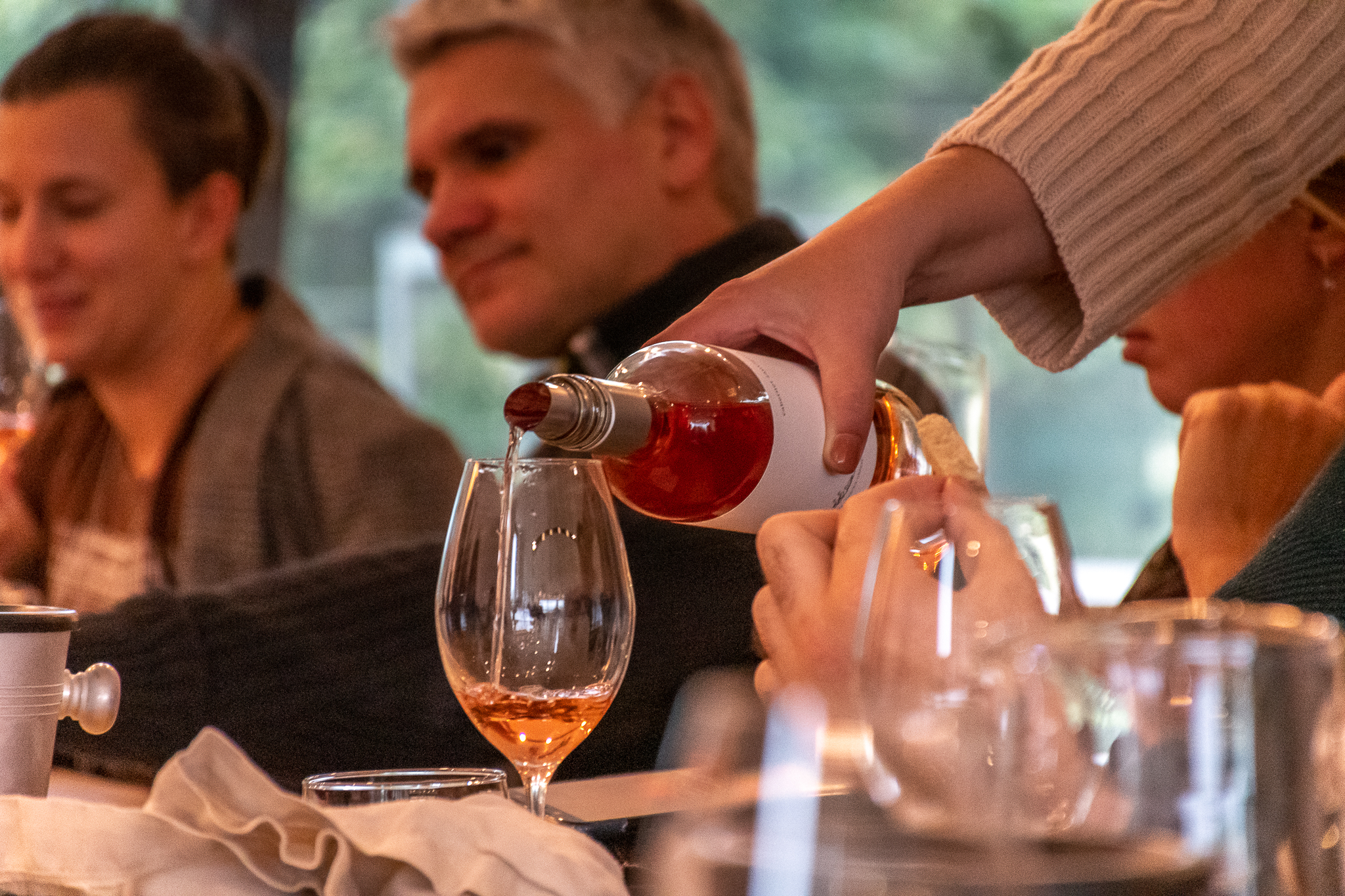
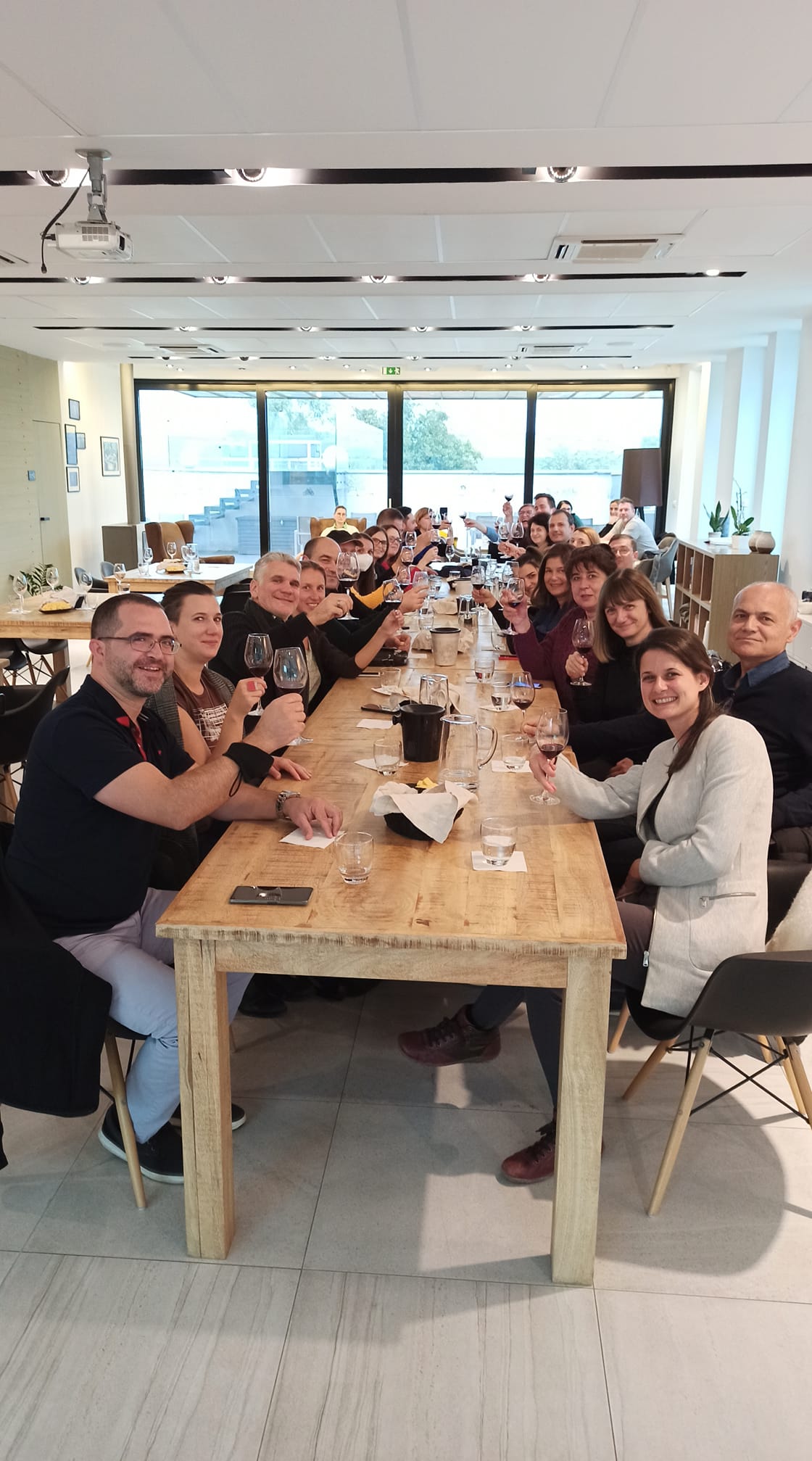
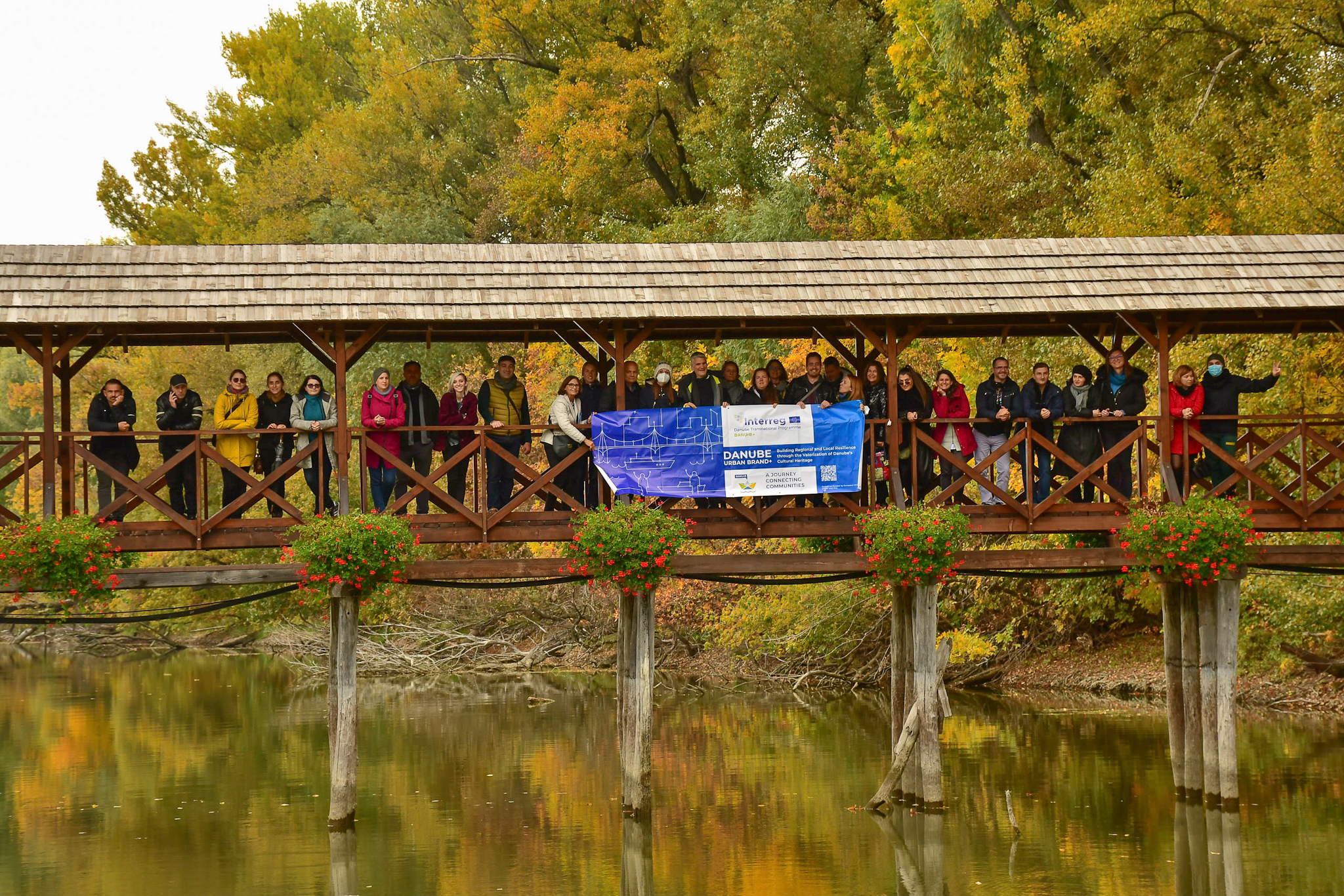
The next day, 11th October 2021, was a memorable date for the whole DANUrB+ initiative! The DANUrB International Association (DIA) was founded in Esztergom, Hungary during the 1st DANUrB+ International Conference “Saving Values”. The international project was transformed into a sustainable, active, and rooted collaboration format. One of the purposes of the Association is to coordinate cultural initiatives along the Danube River and to create the certification label of the Danube Settlements (Danube Urban Brand). Later on, partners visited several good practices in the region – the village House in Salka (Slovakia), where the local traditions were preserved and shared, and the water-tower in Szob (Hungary).
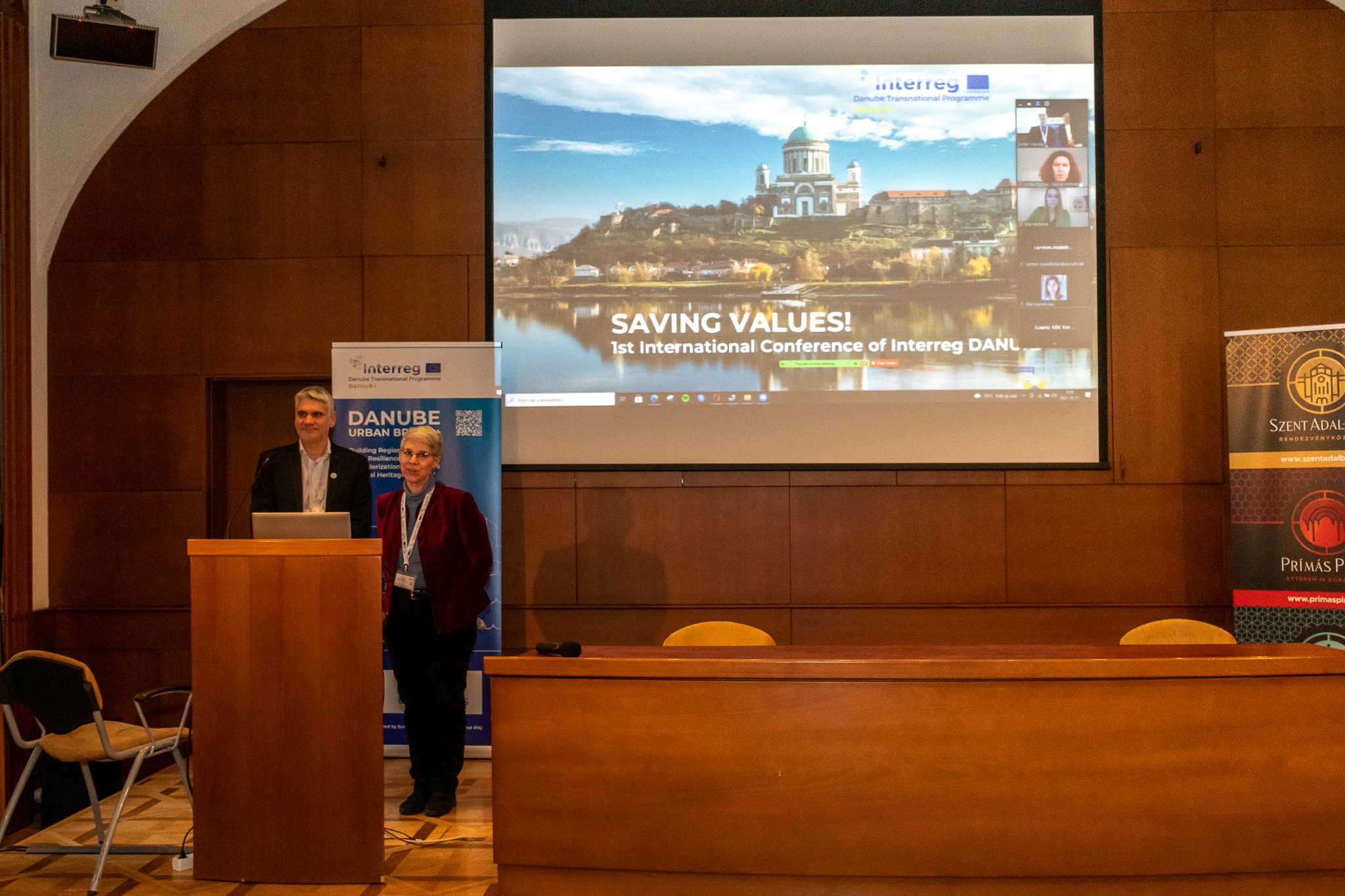
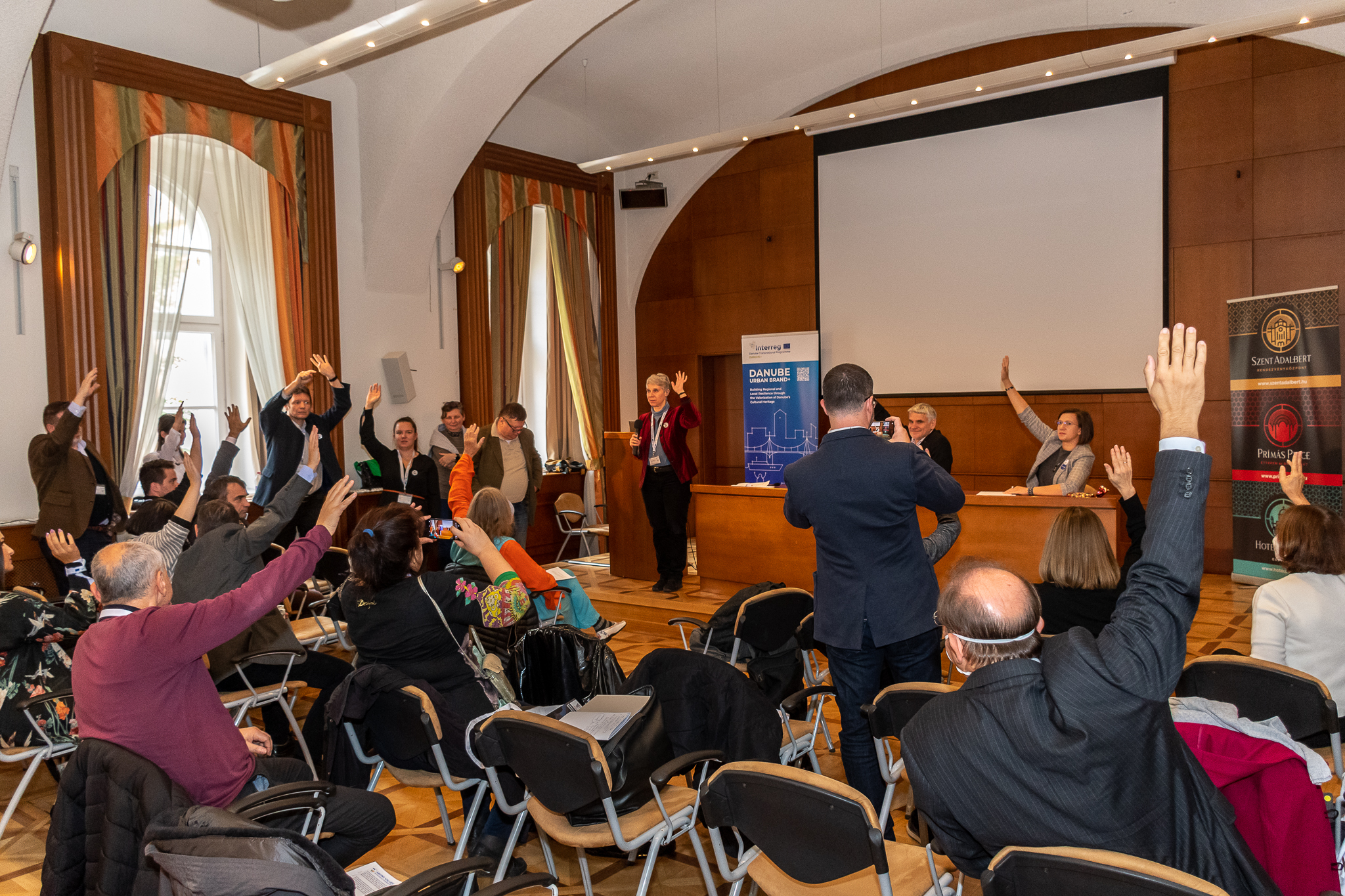
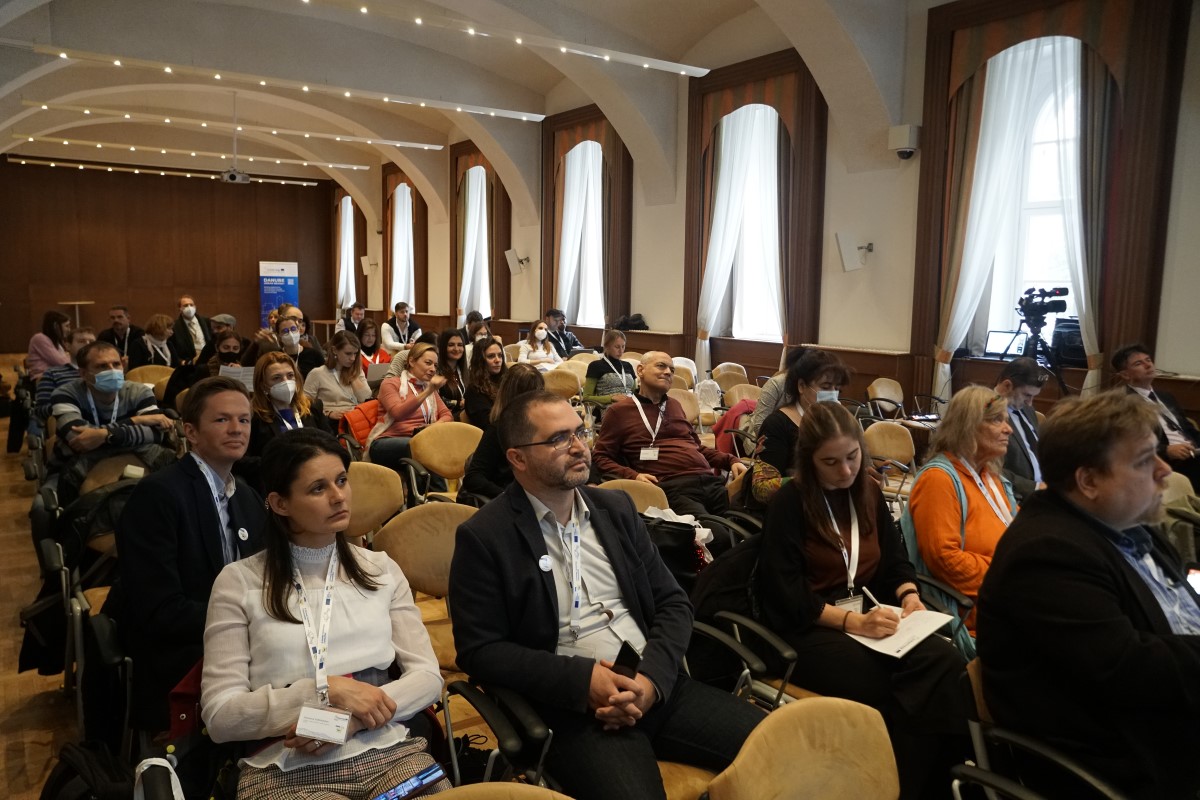
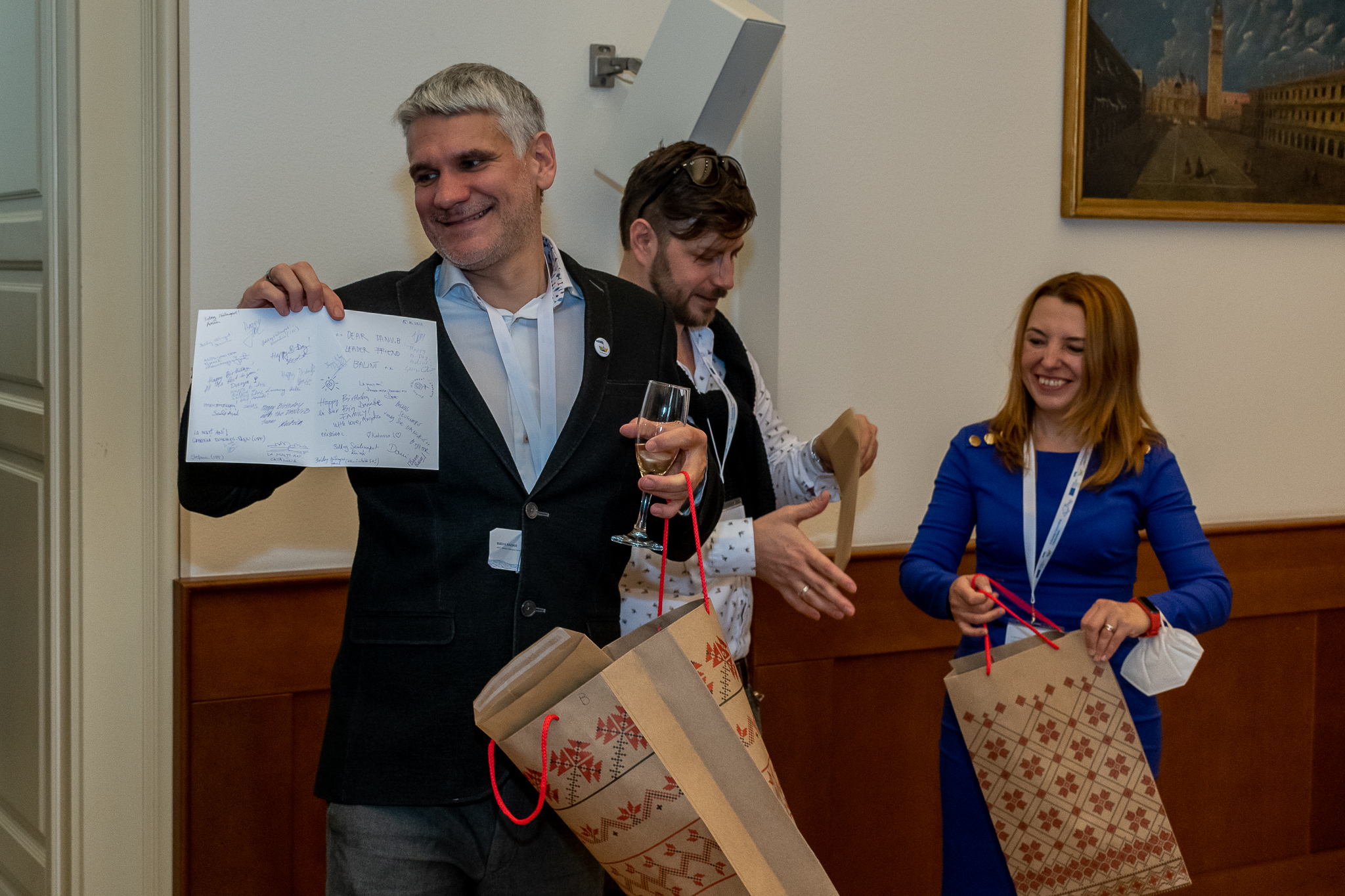
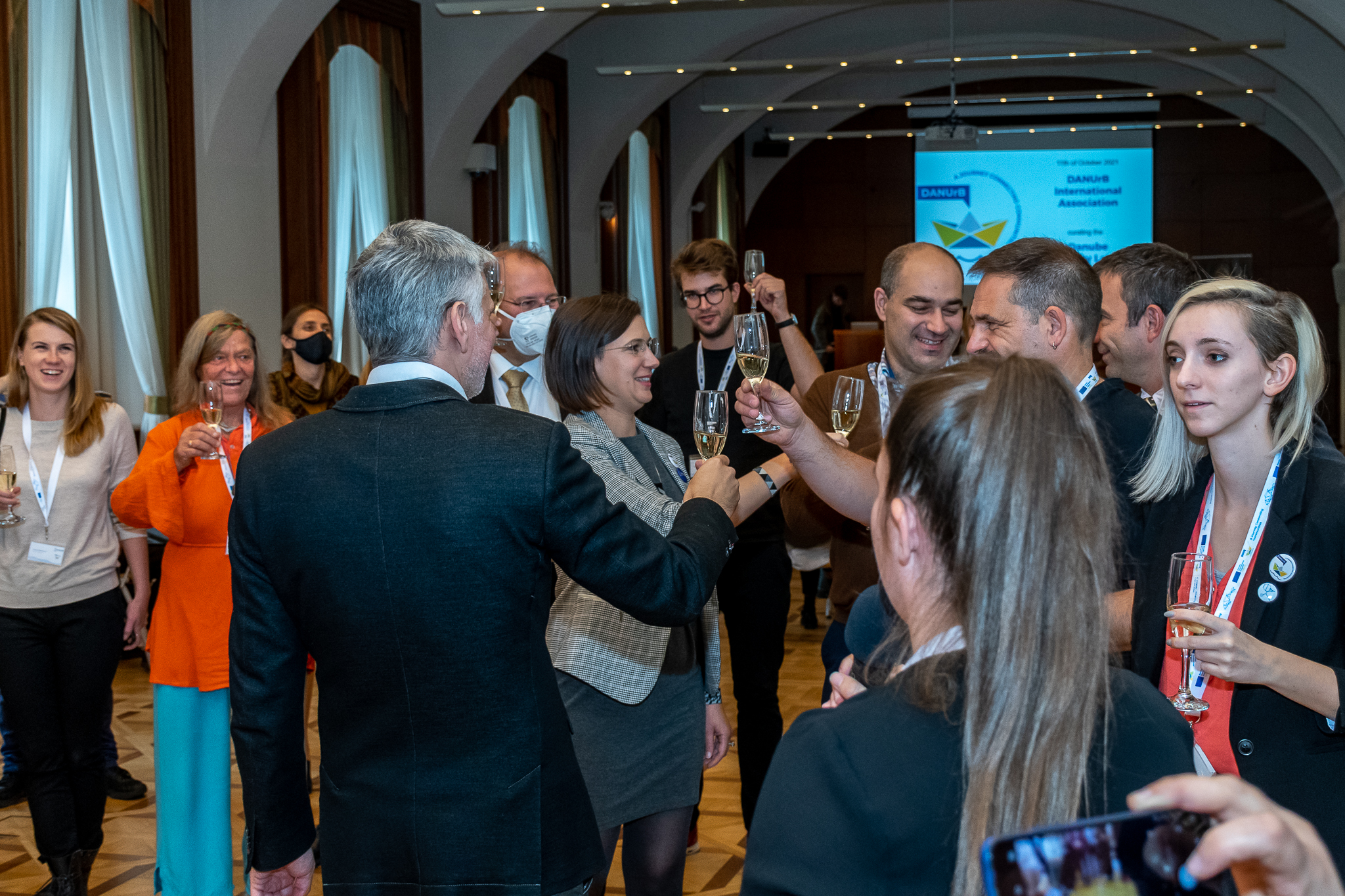
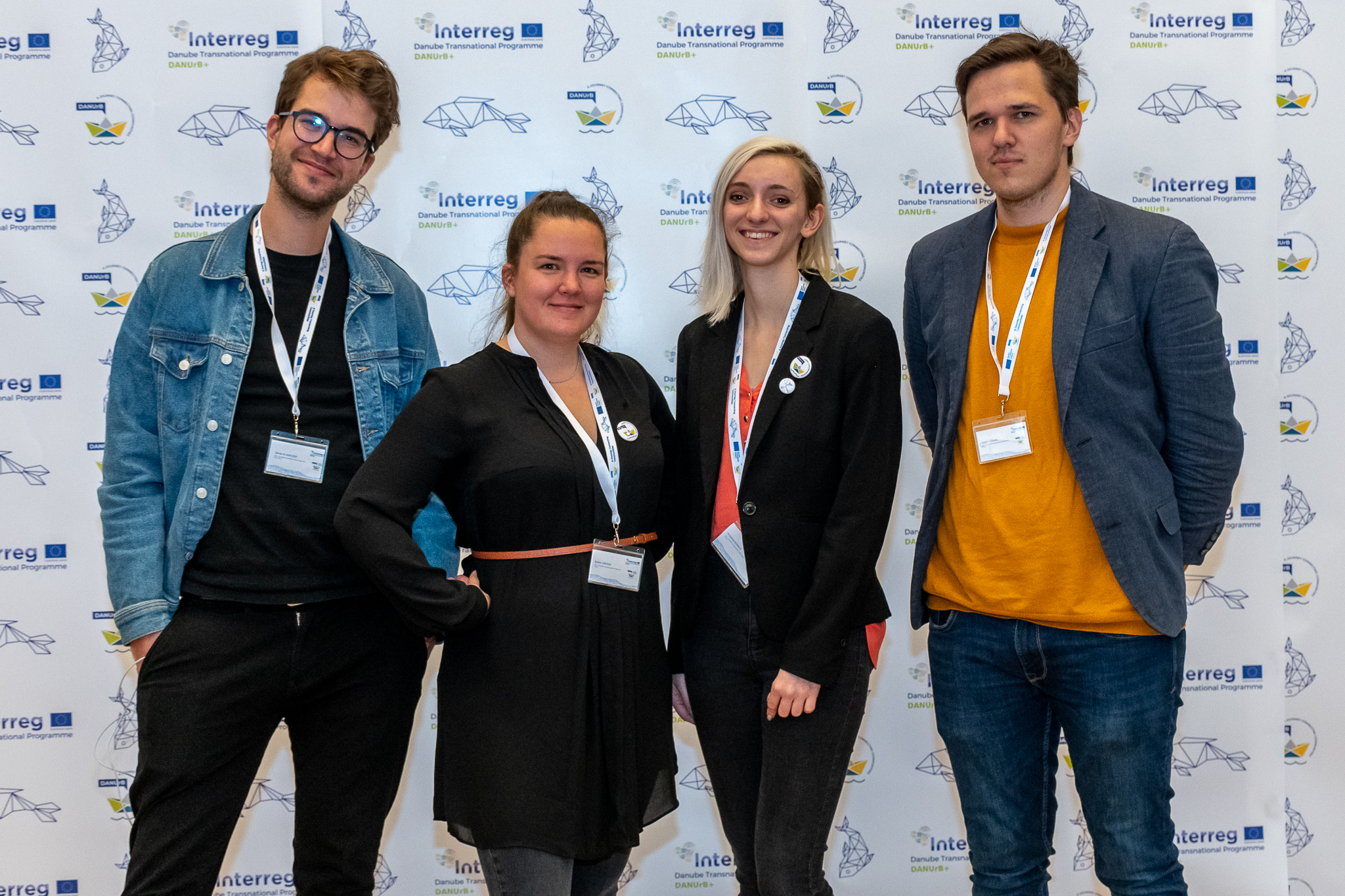

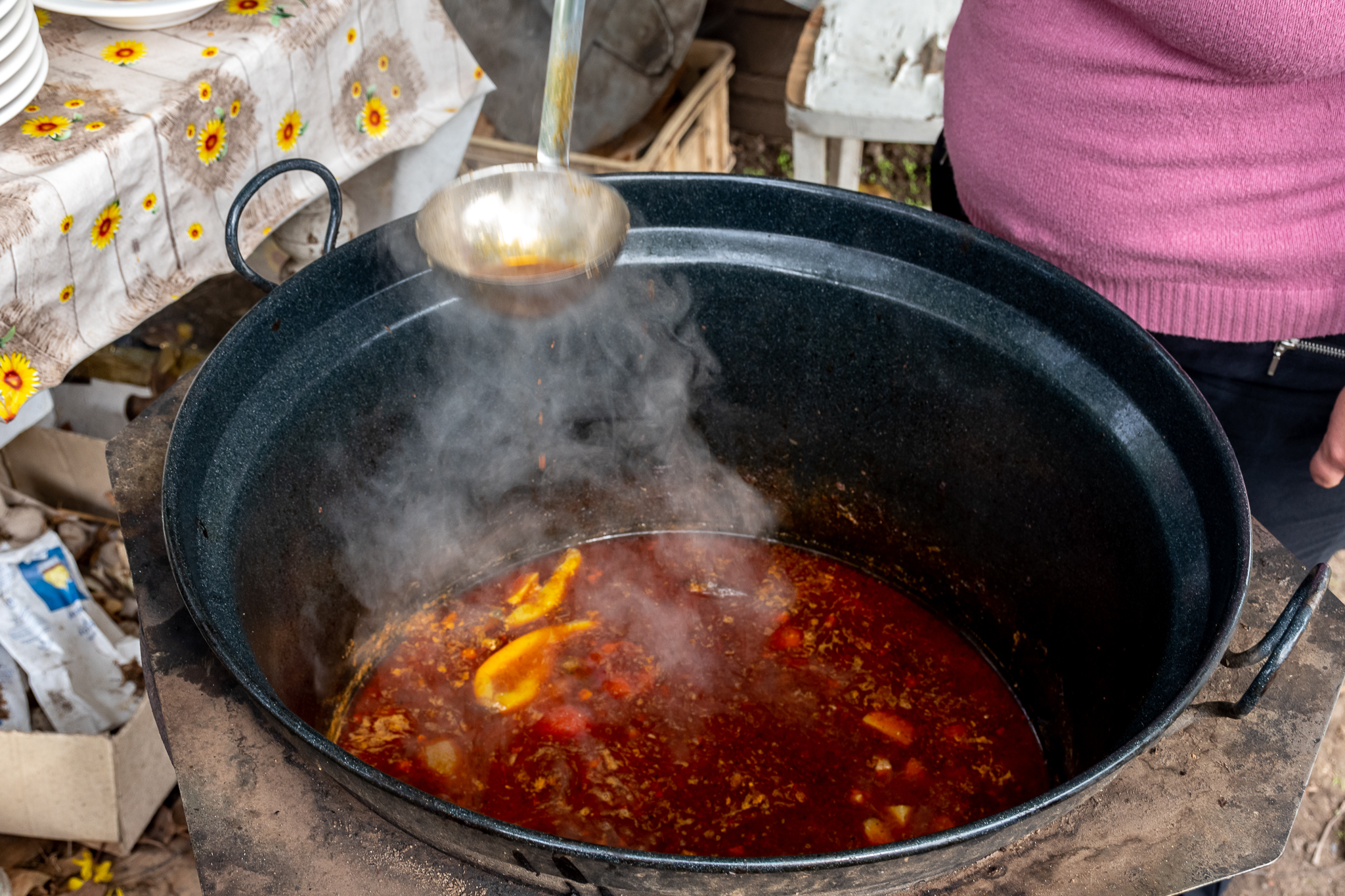
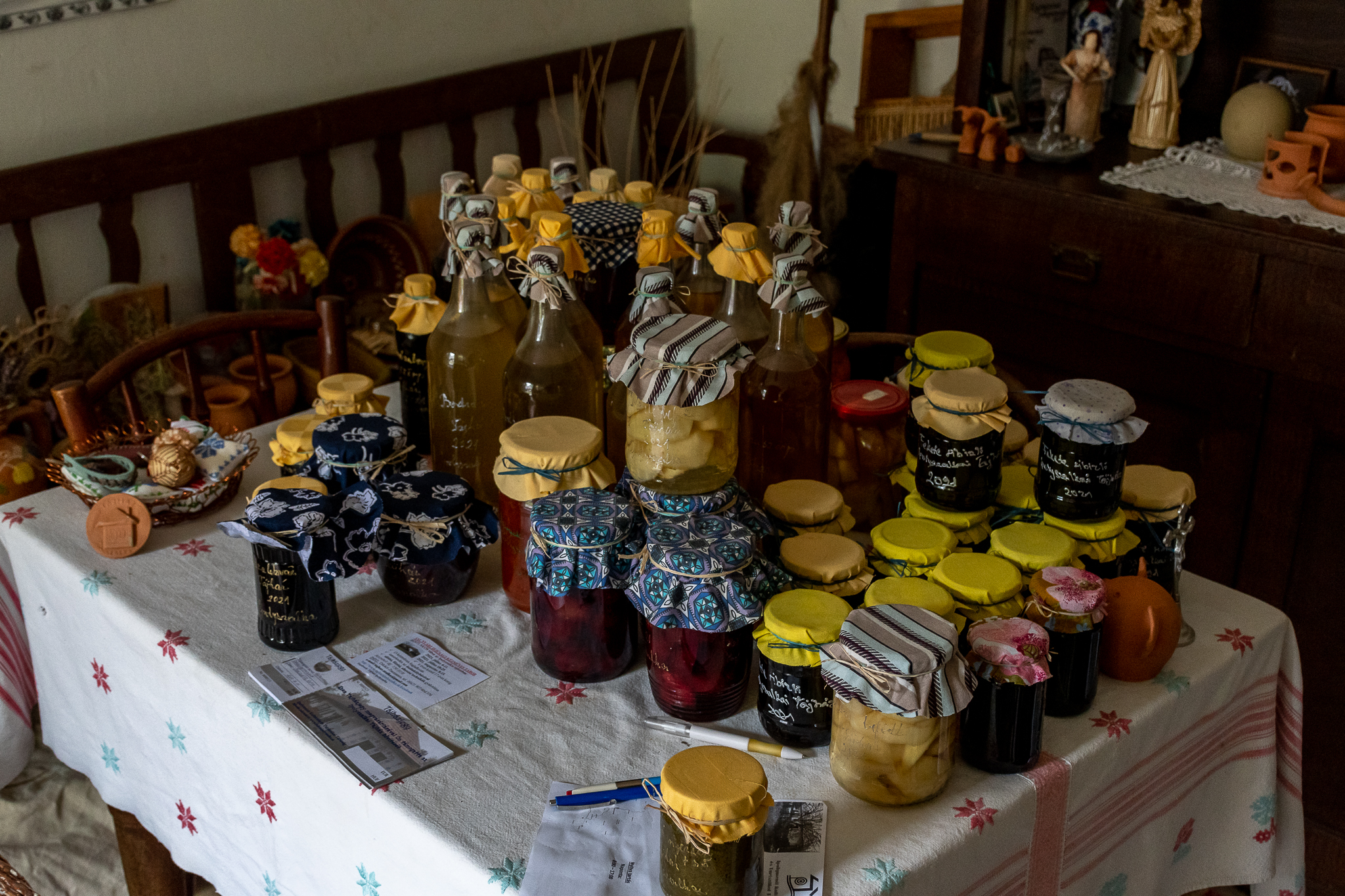
The journey continued the next day with a visit of the Gabcikovo hydroelectric power station built on the Danube River. It was put into operation in 1992 and is Slovakia's largest hydroelectric power plant in terms of electricity generation. Another good practice and a great initiative was shown to all in Zàlesie Korzo. Being a garbage place in the past, the area is turned into an eco-path and a recreational area along the river.

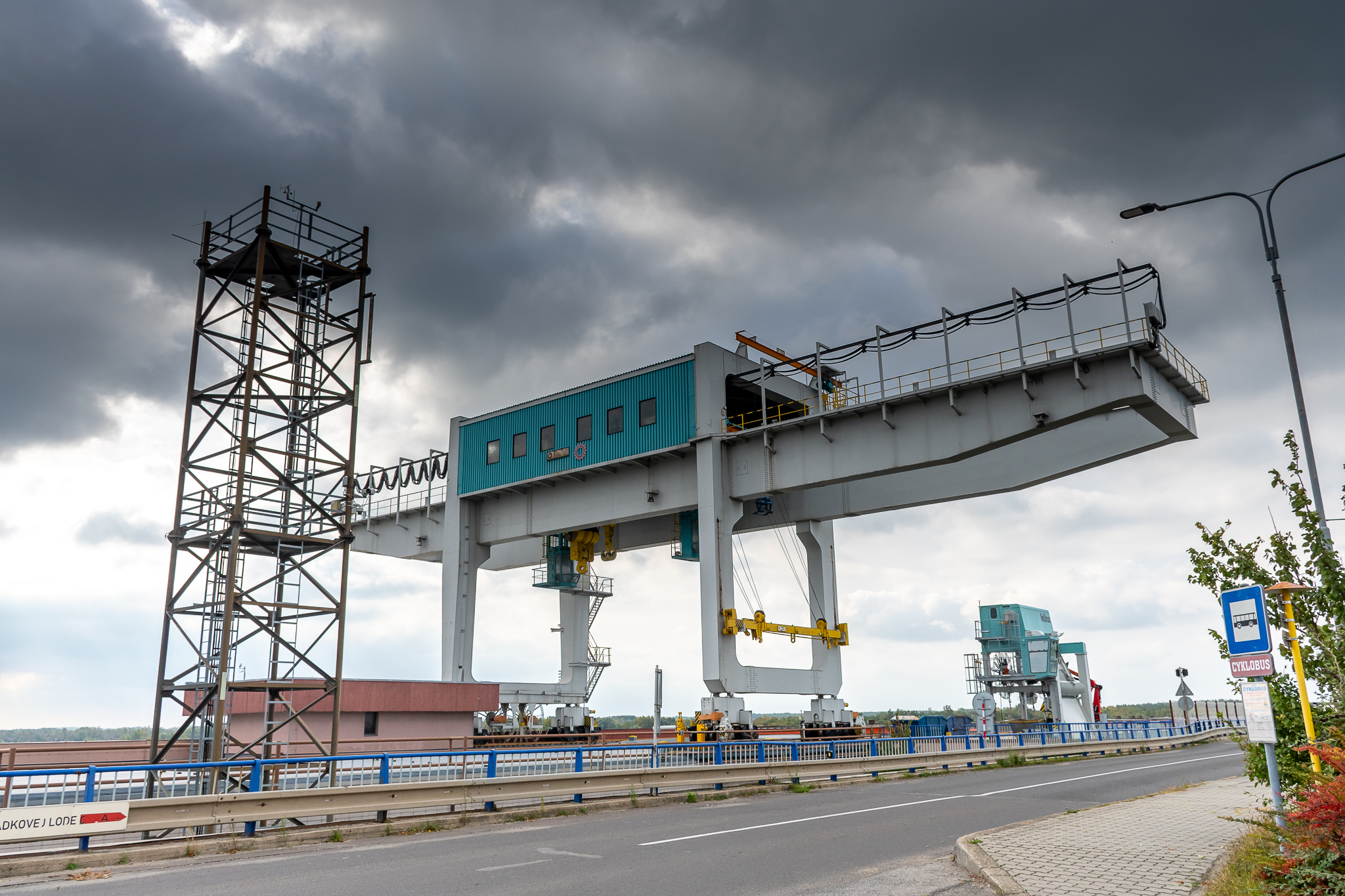

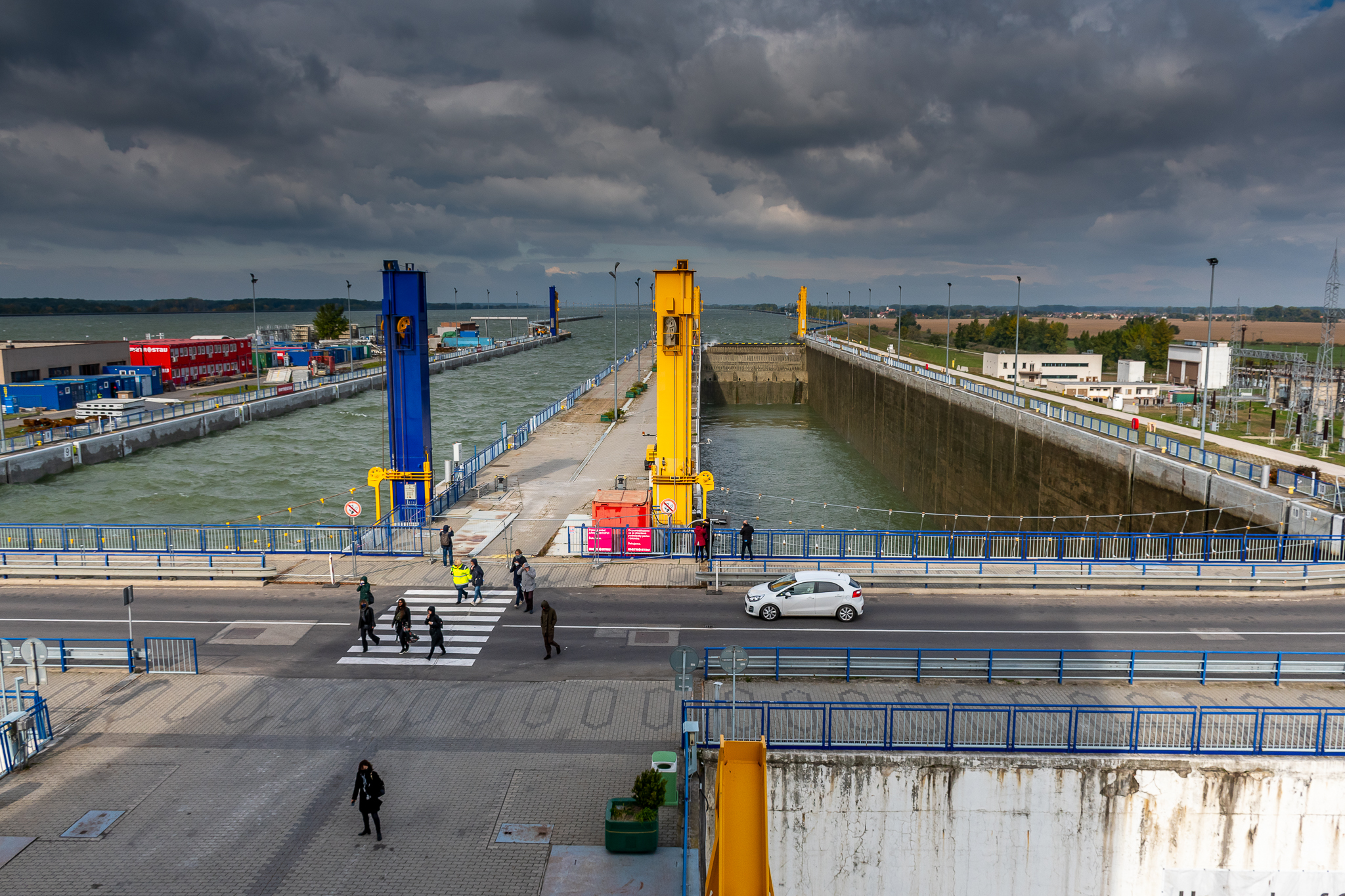
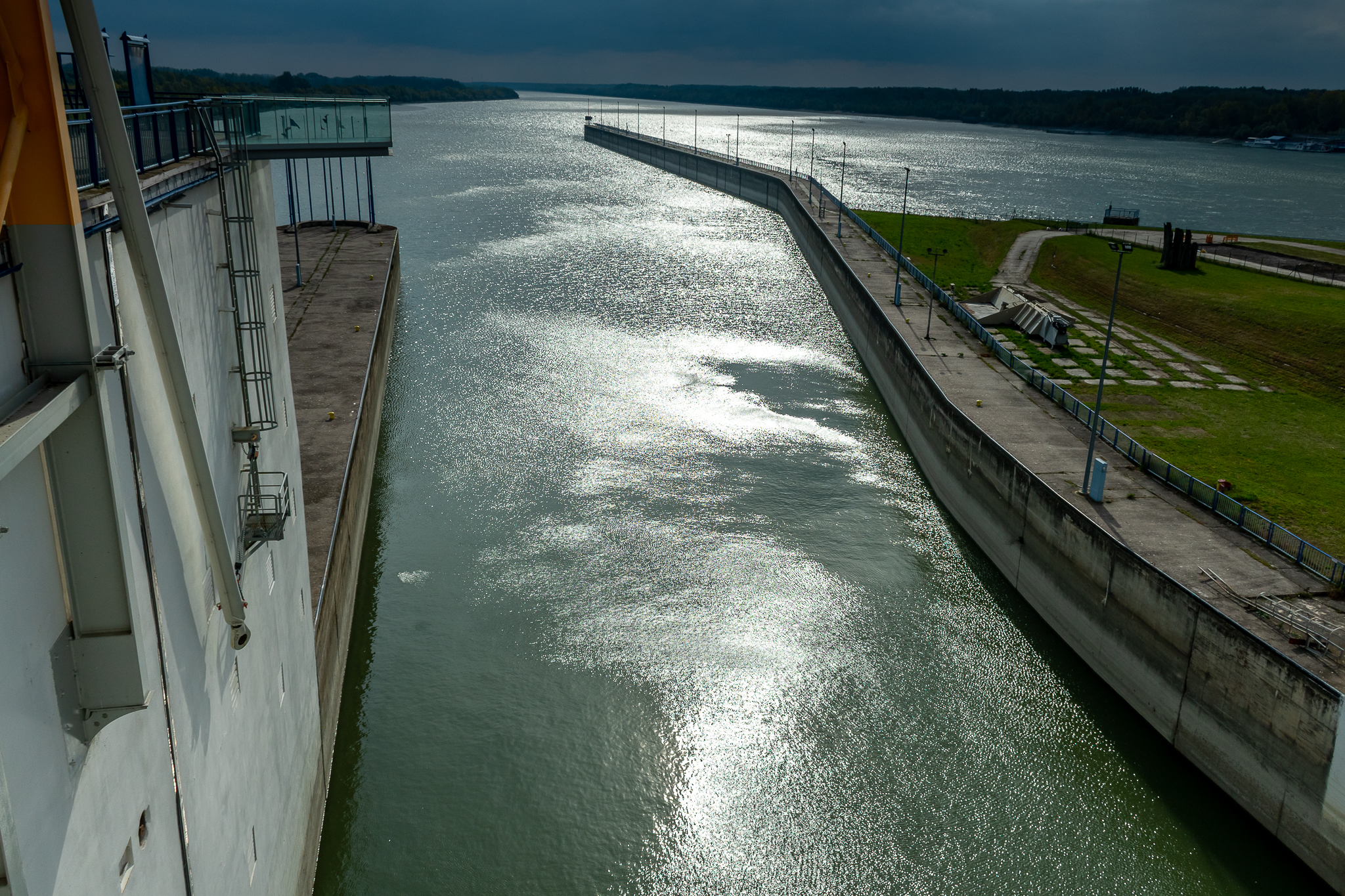
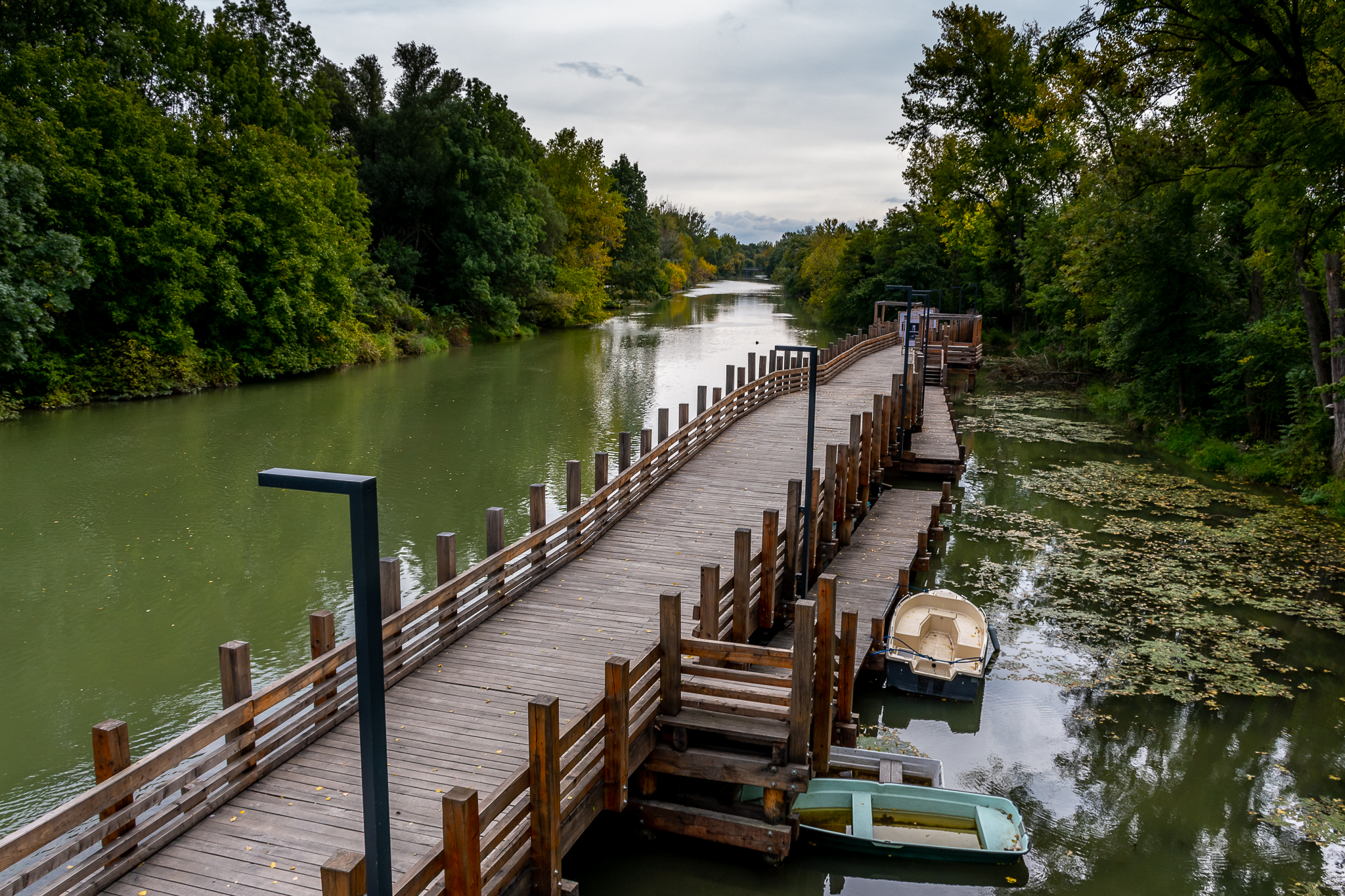

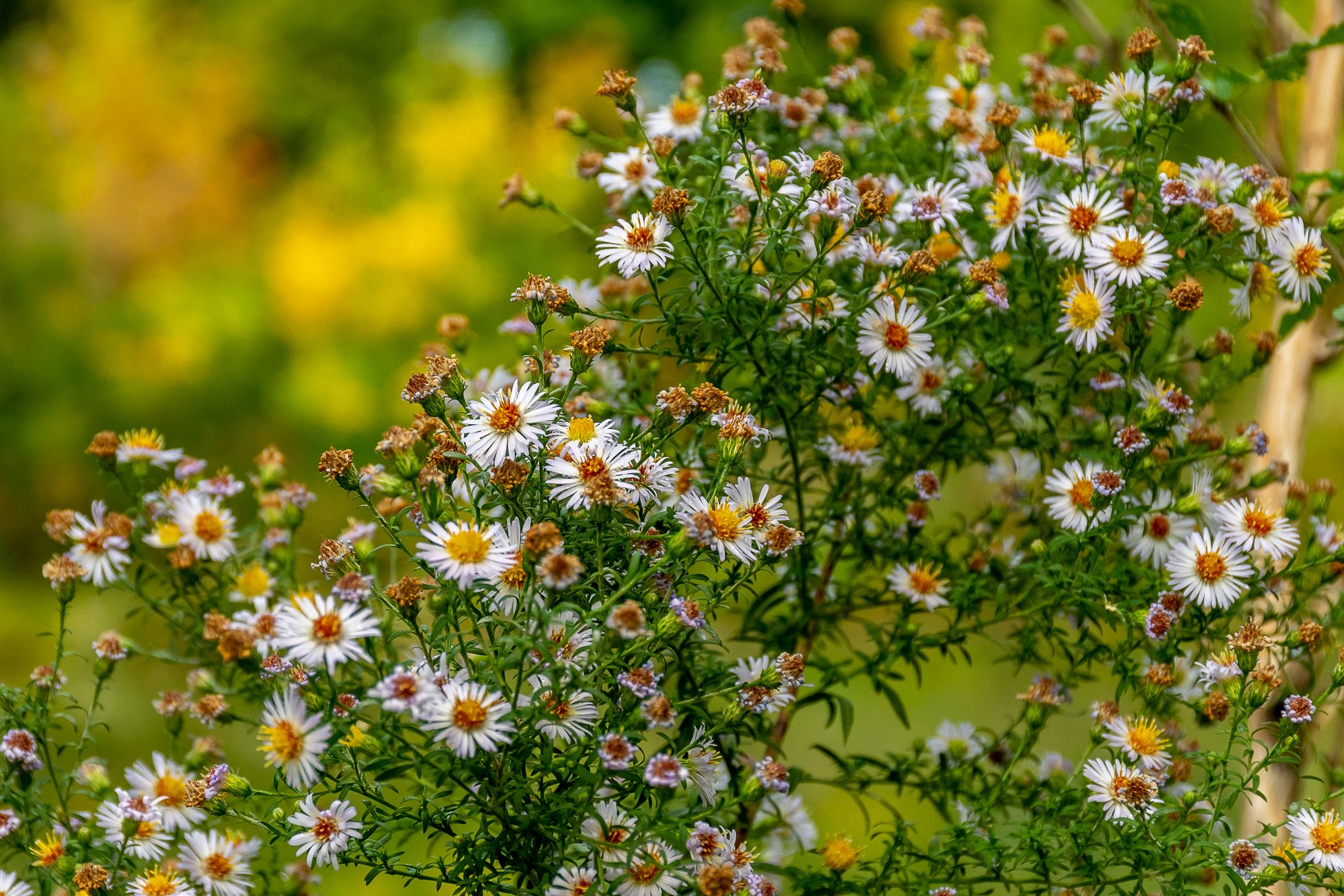

After these notable examples of cultural heritage, partners had several workshops in Bratislava, hosted by the Slovak University of Bratislava, Faculty of Architecture and Design. On focus were the stakeholders’ networks and cooperatives and the development of local action plans for effective heritage valorization, as well as the opportunities for creating sustainable regions by networking of projects and stakeholders putting an emphasis on the DANUrB Quality Label and the inter-project cooperation.
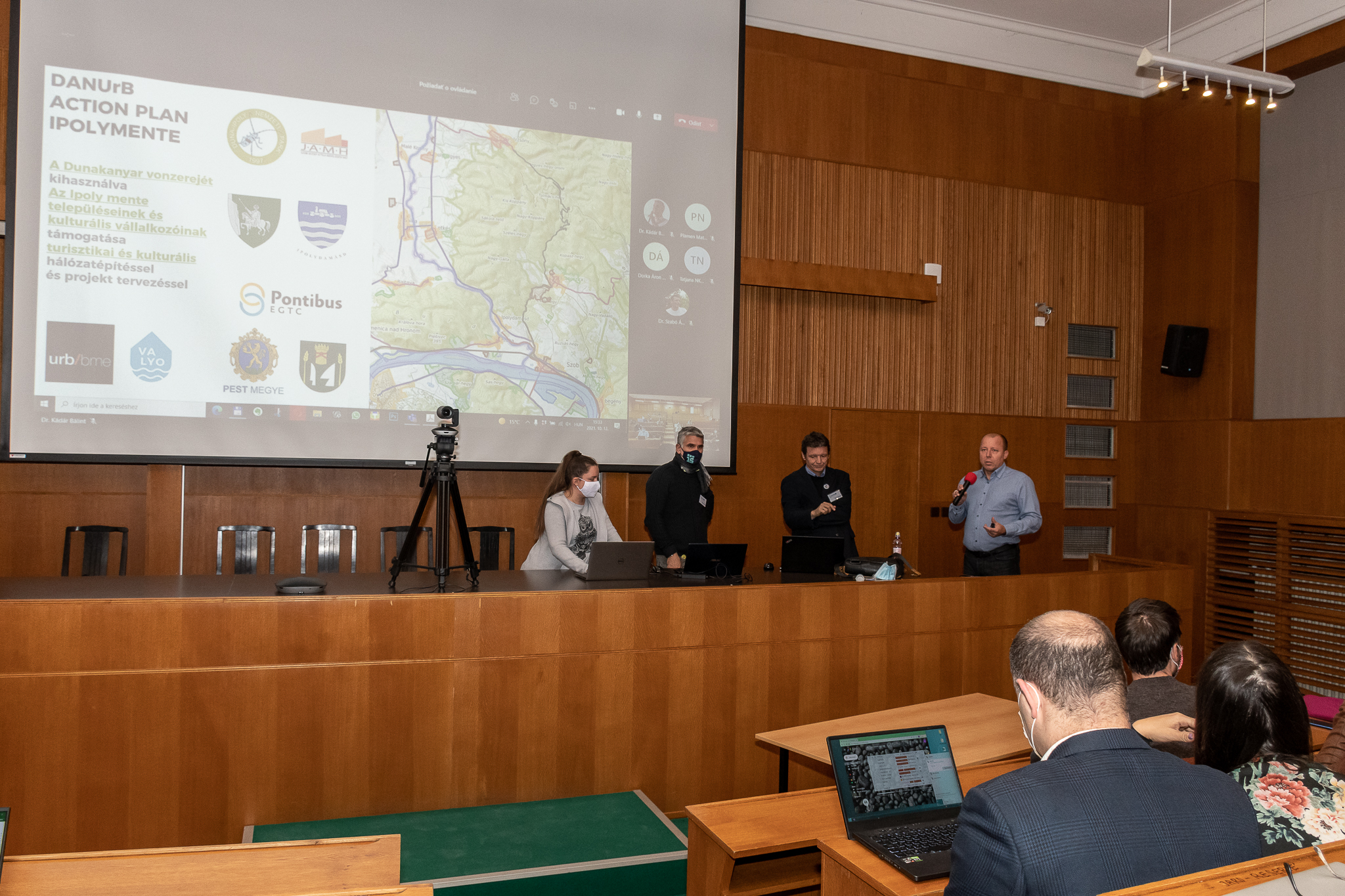
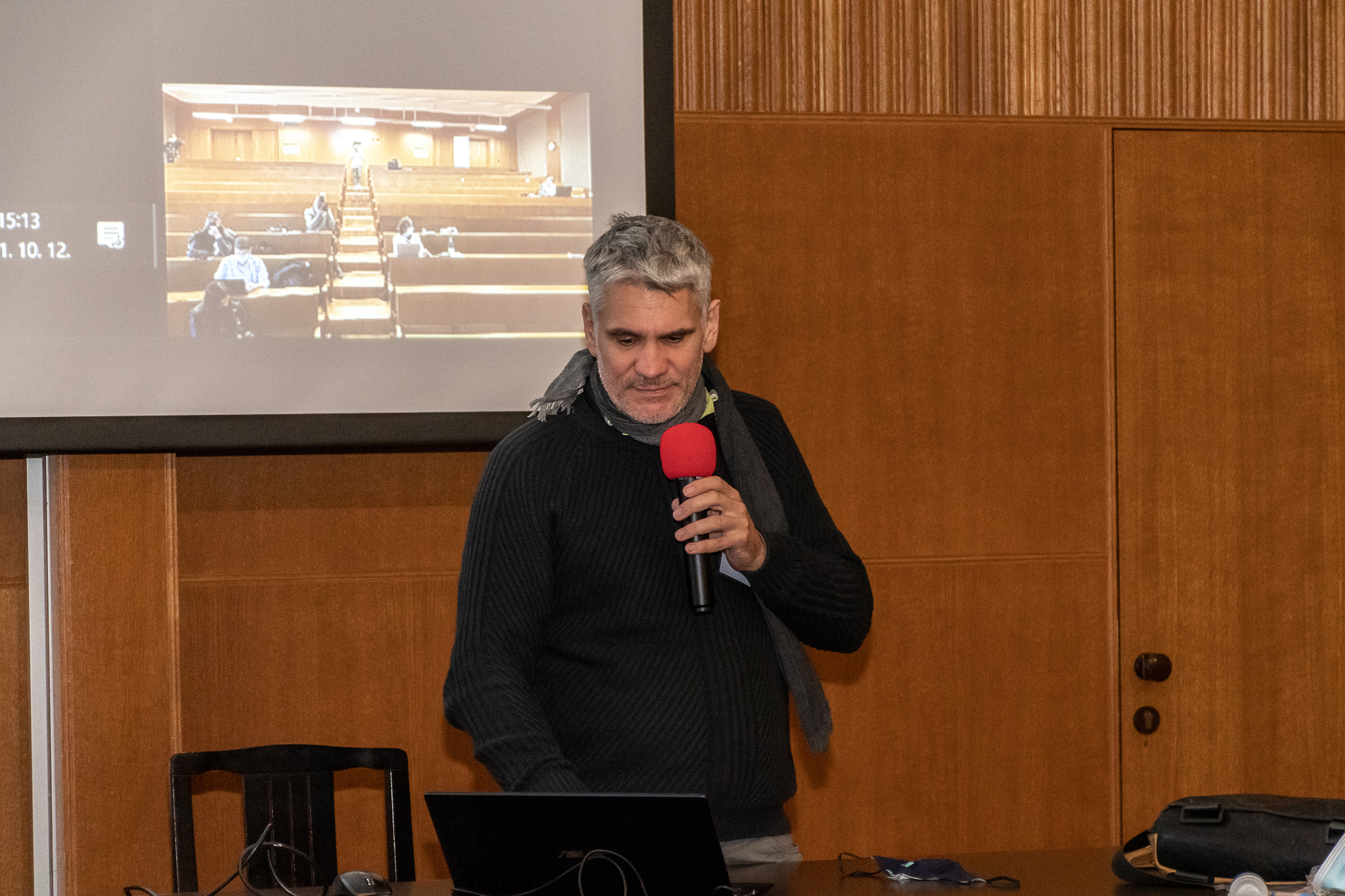
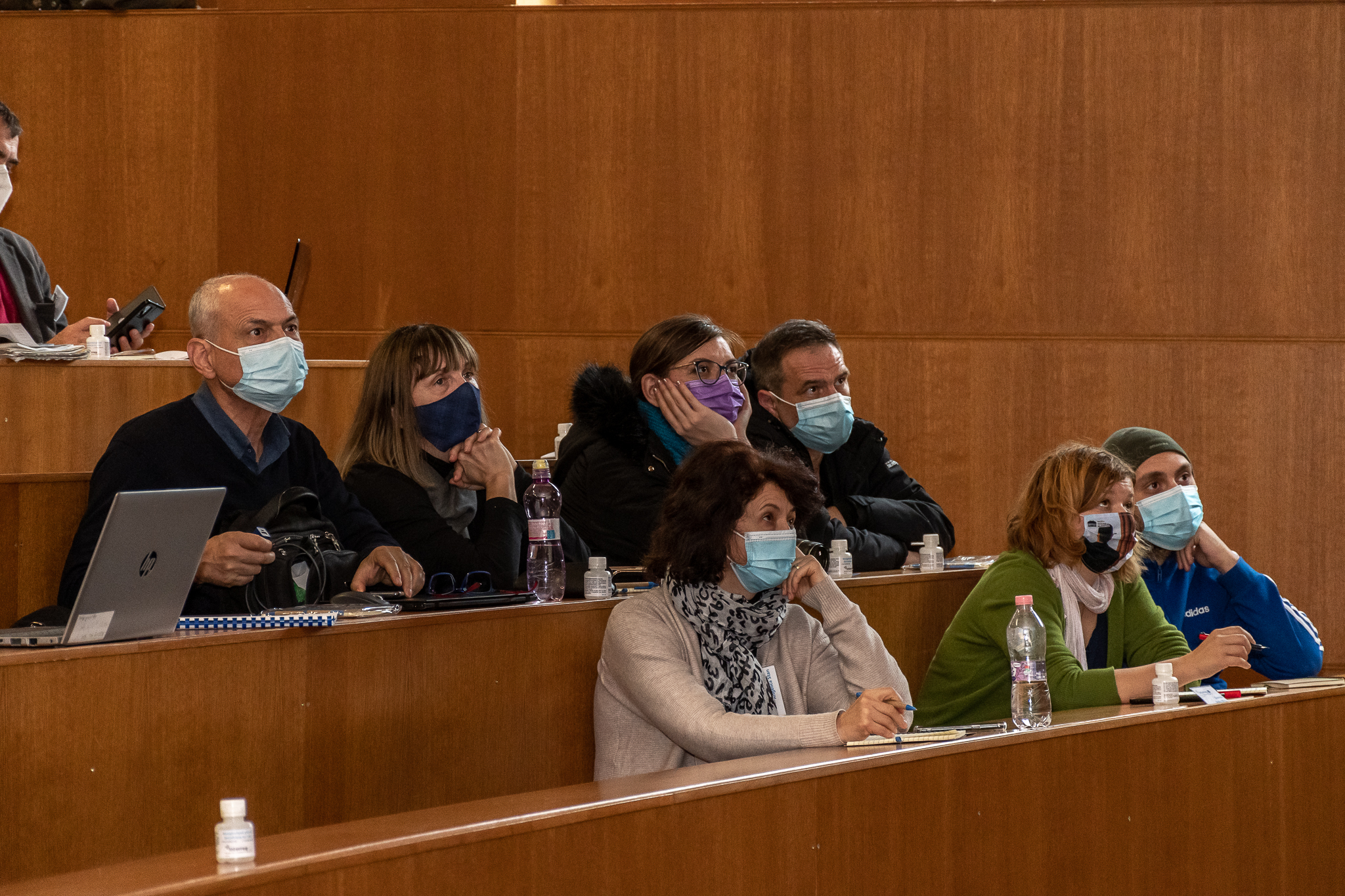
Day 4 was dedicated to other important topics and workshops, incl. to the First Year’s Review of the project achievements. Working in sections, partners discussed the project tasks, focusing on the Danube Atlas, the school programmes, international and regional conferences, effective involvement of stakeholders, etc. During the First Year’s Review all partners presented the activities, as well as the state-of-the-art of all project outputs and deliverables. Activities are proceeding as planned, despite of the COVID-19 restrictions for travelling and meeting in person.
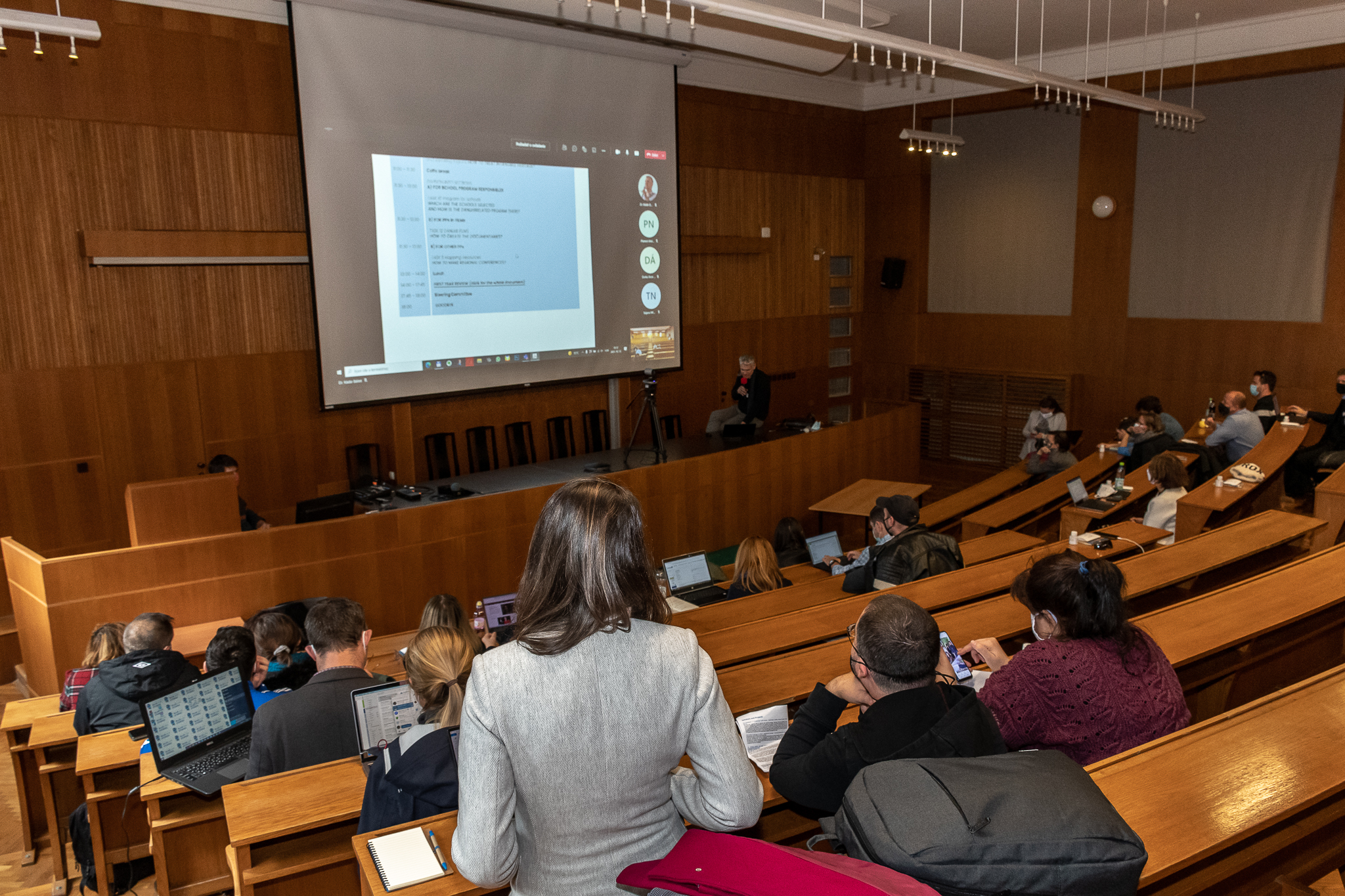
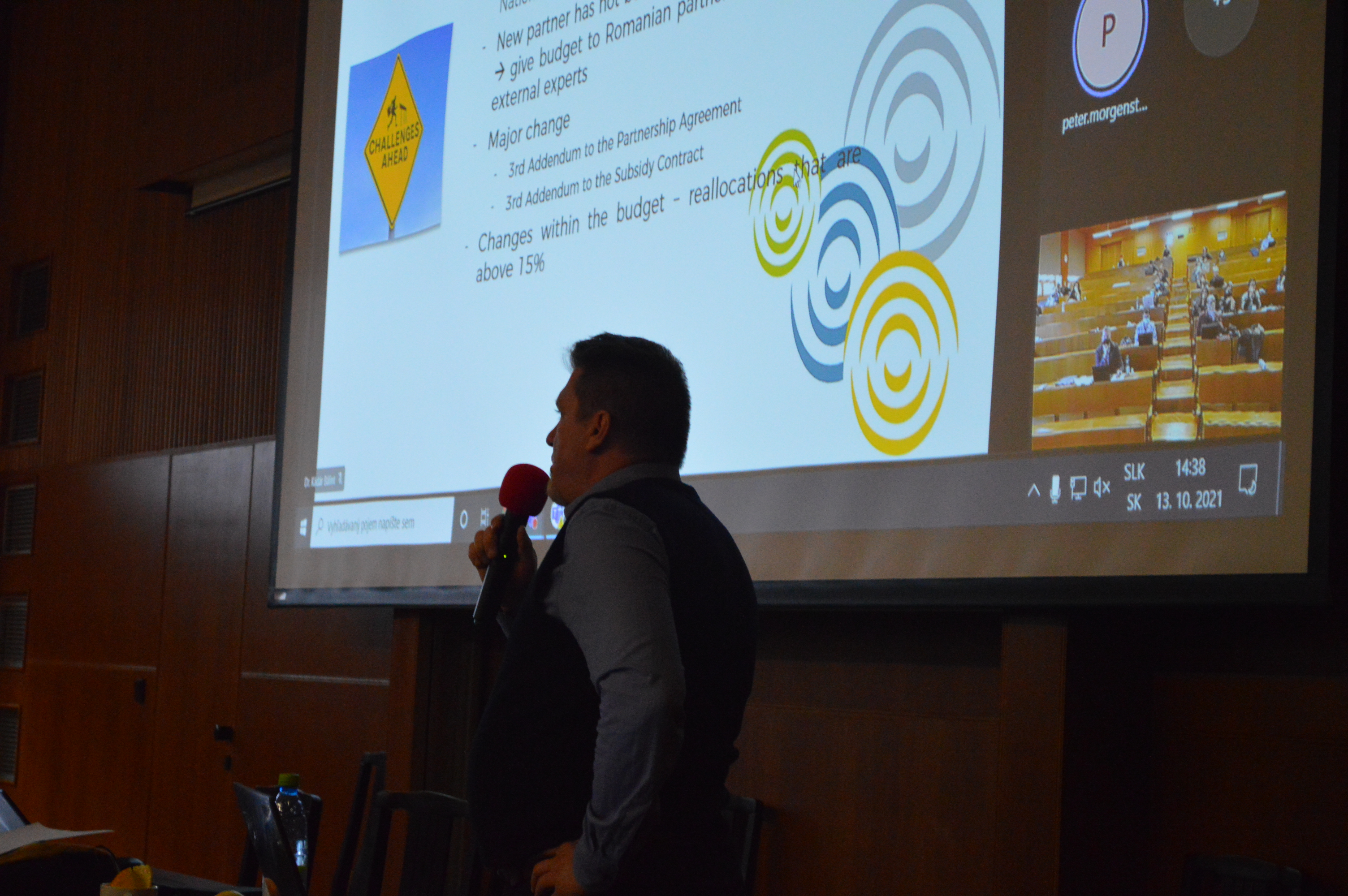
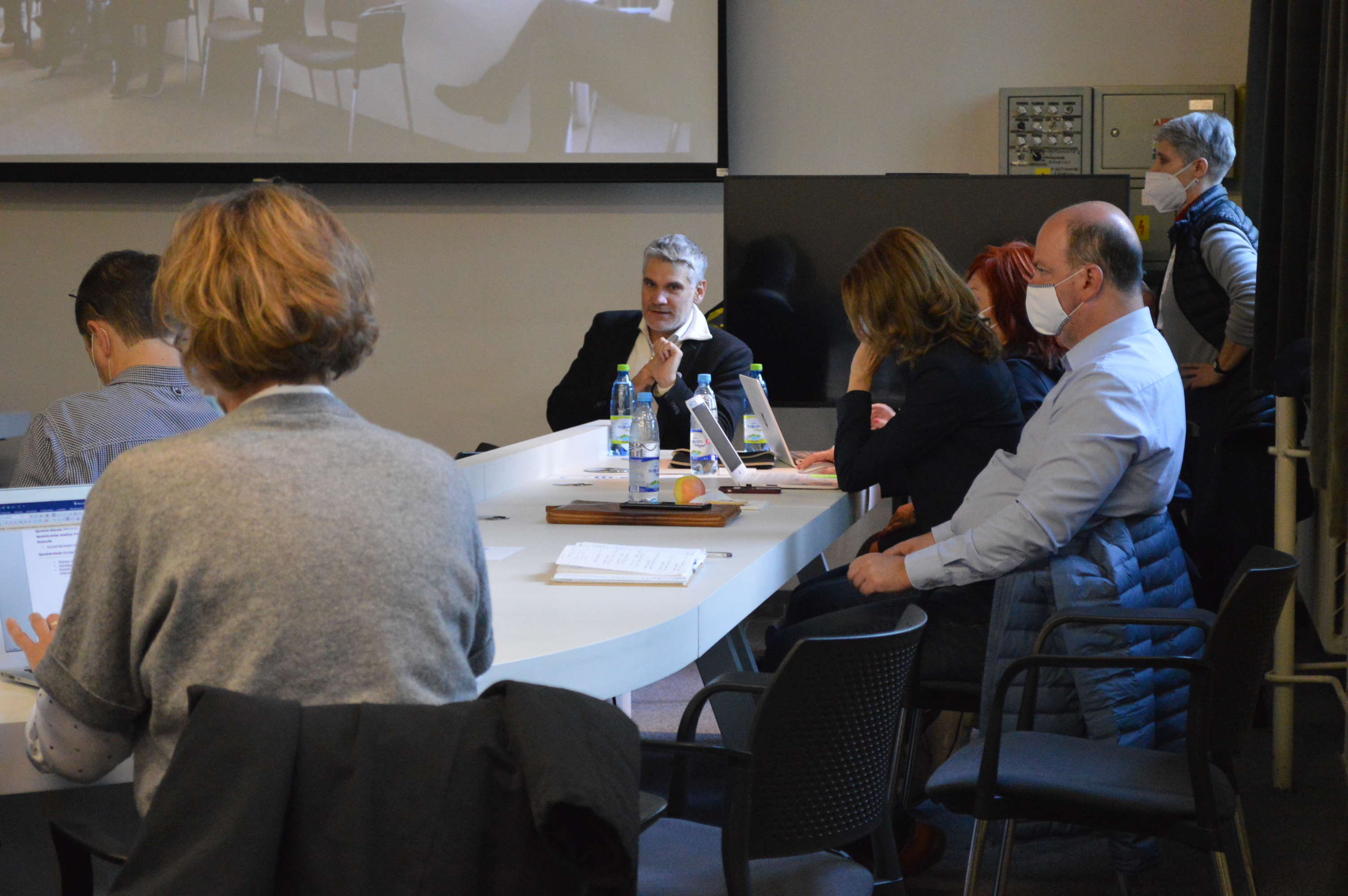
The Western study trip in Austria highlighted the agenda of the next two days. Partners visited Eisenstadt, a medium size city and its heritage, with main attraction Esterhazy Palace, which today serves as the venue for a range of cultural events including the orchestral concerts and operas of the famous Haydn Festival.

![]()
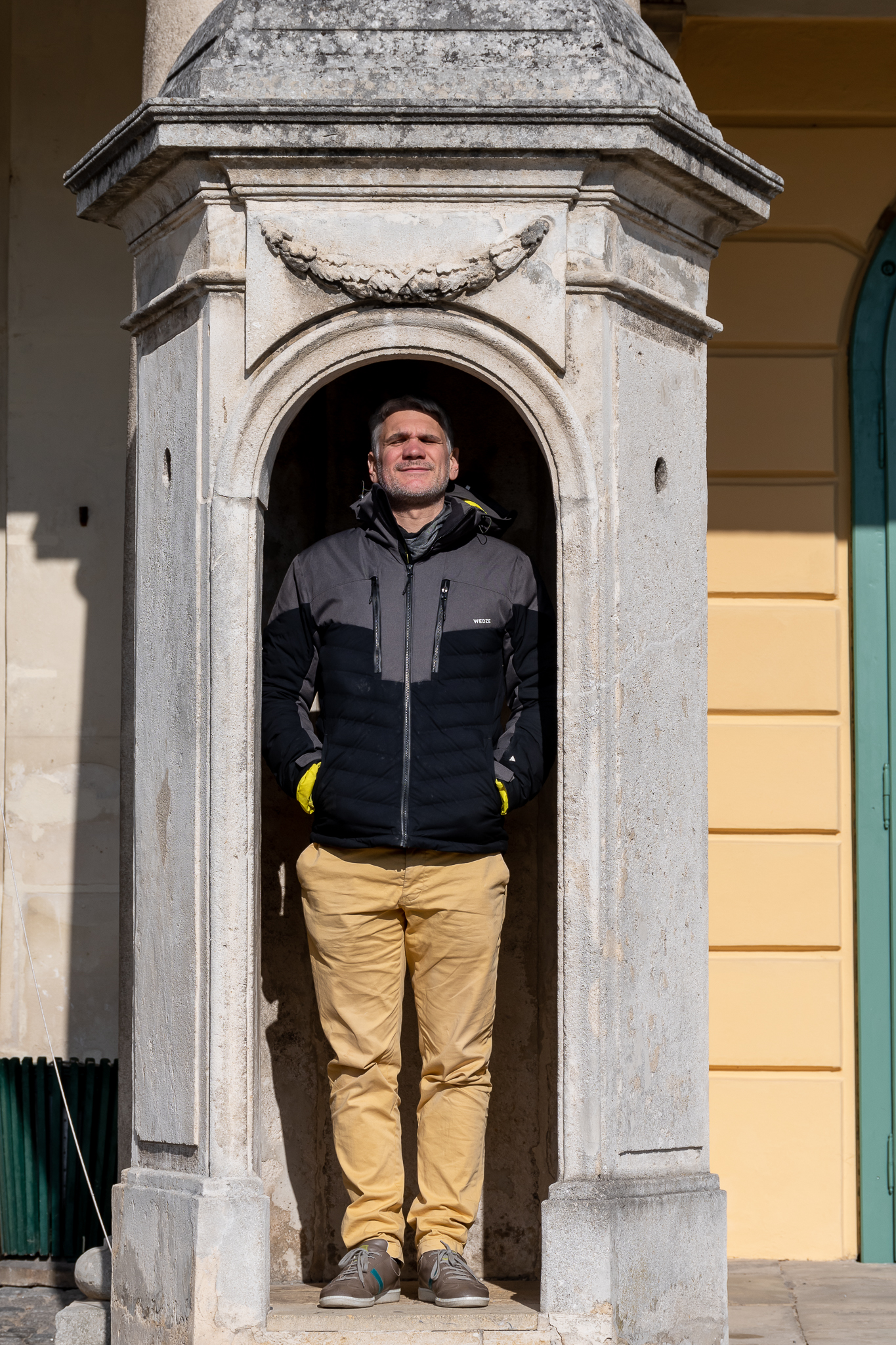
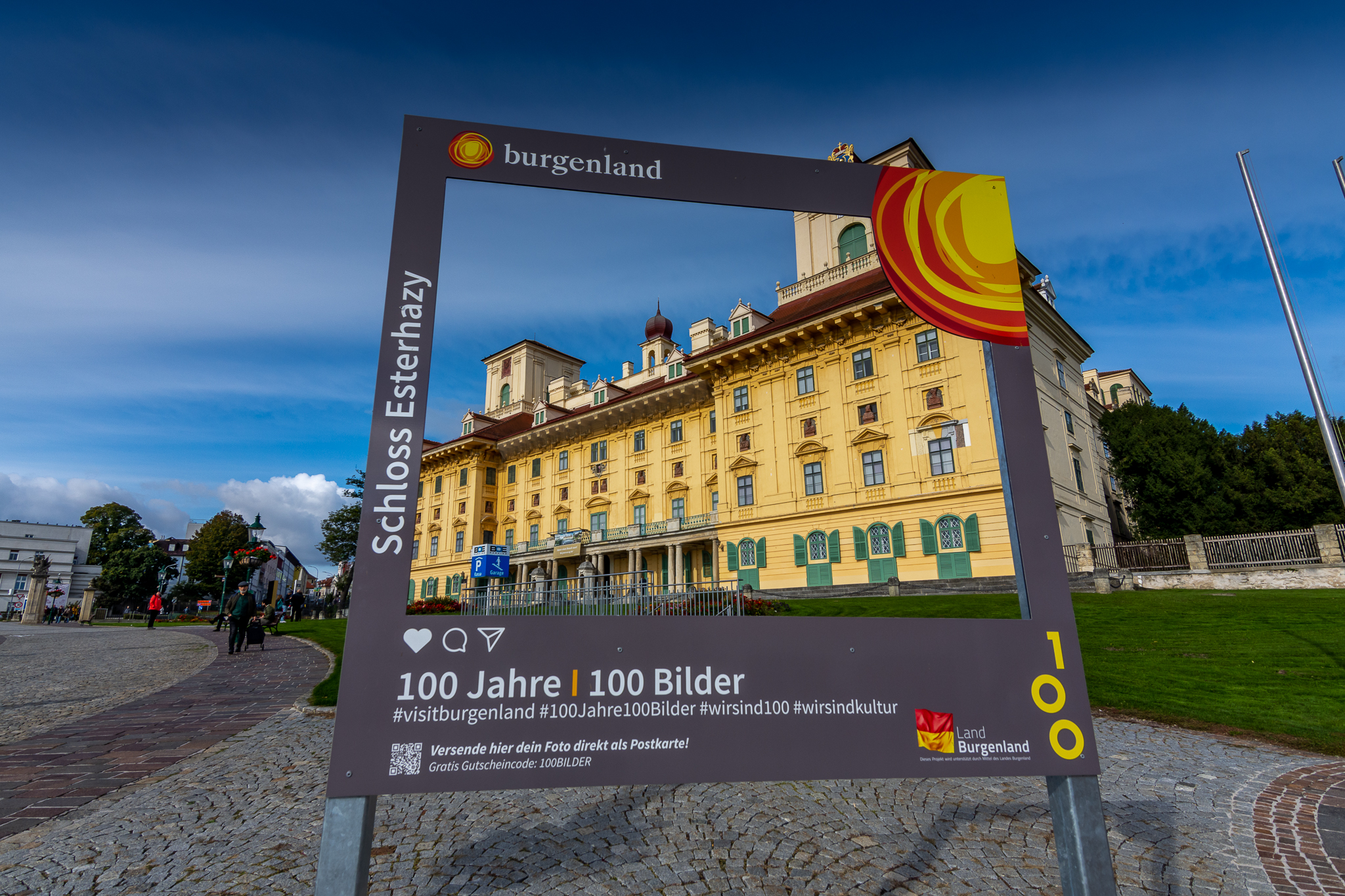
Other stops were the Dom St. Martin, the Landesgalerie Burgenland, and the Haydn House. Rust is a small medieval city with market square, the Rathaus or town hall on the cobbled main square, extensive vineyards surroundings, etc. Purbach am Neusiedler’s main attraction is 50 picturesque cellars from the mid-19th century, which form the cellar street (Kellergasse). Hainburg is fortified by walls, which are among the oldest and best preserved in all of Europe, with the largest city gate from the 13th century. There is also an old tobacco factory converted into a cultural center and hotel. Schloss Hof Palace is a heritage of the Danube Monarchy, it has a unique artistic ensemble, consisting of a castle building, gardens, and a large farm.
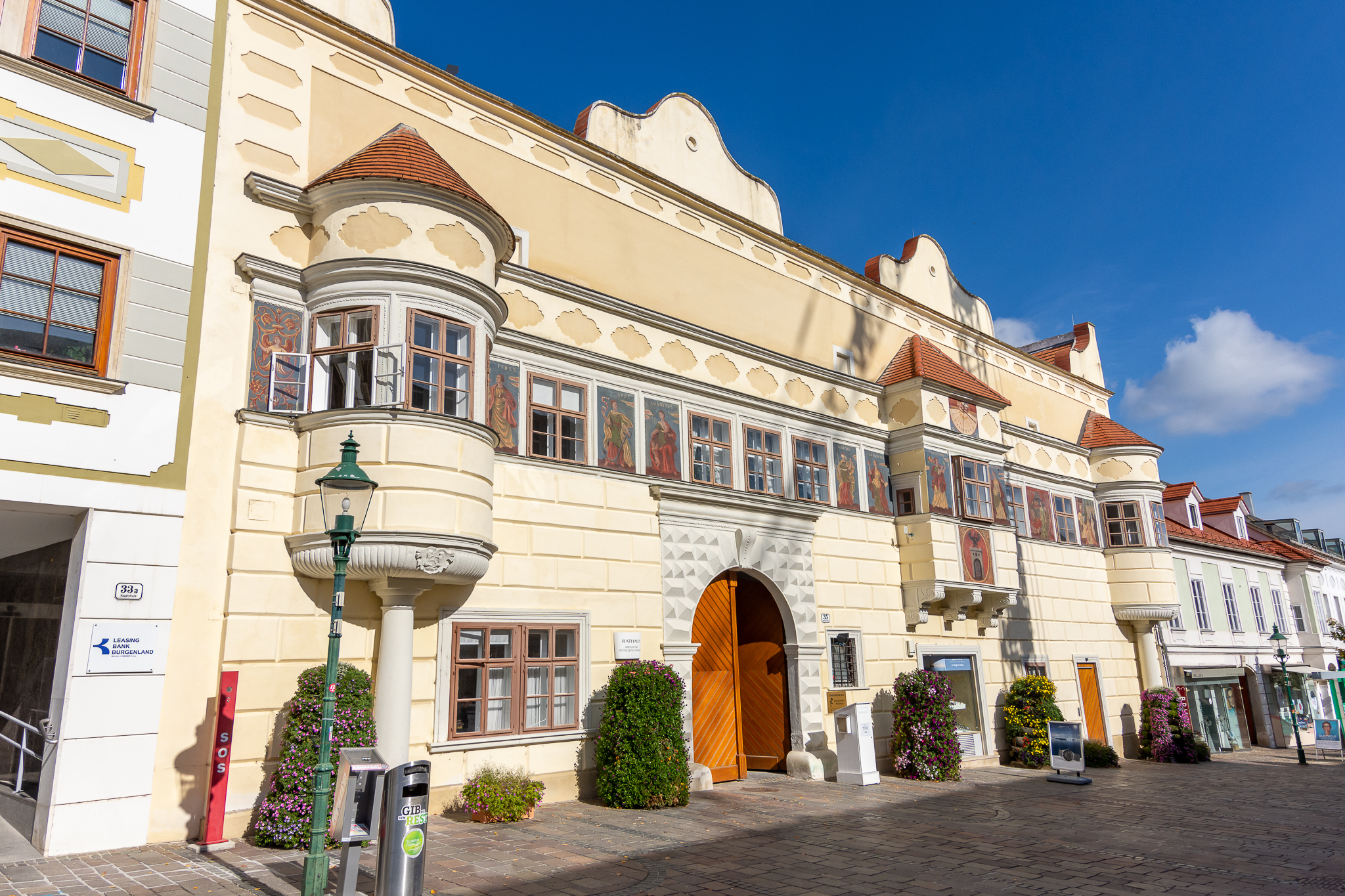
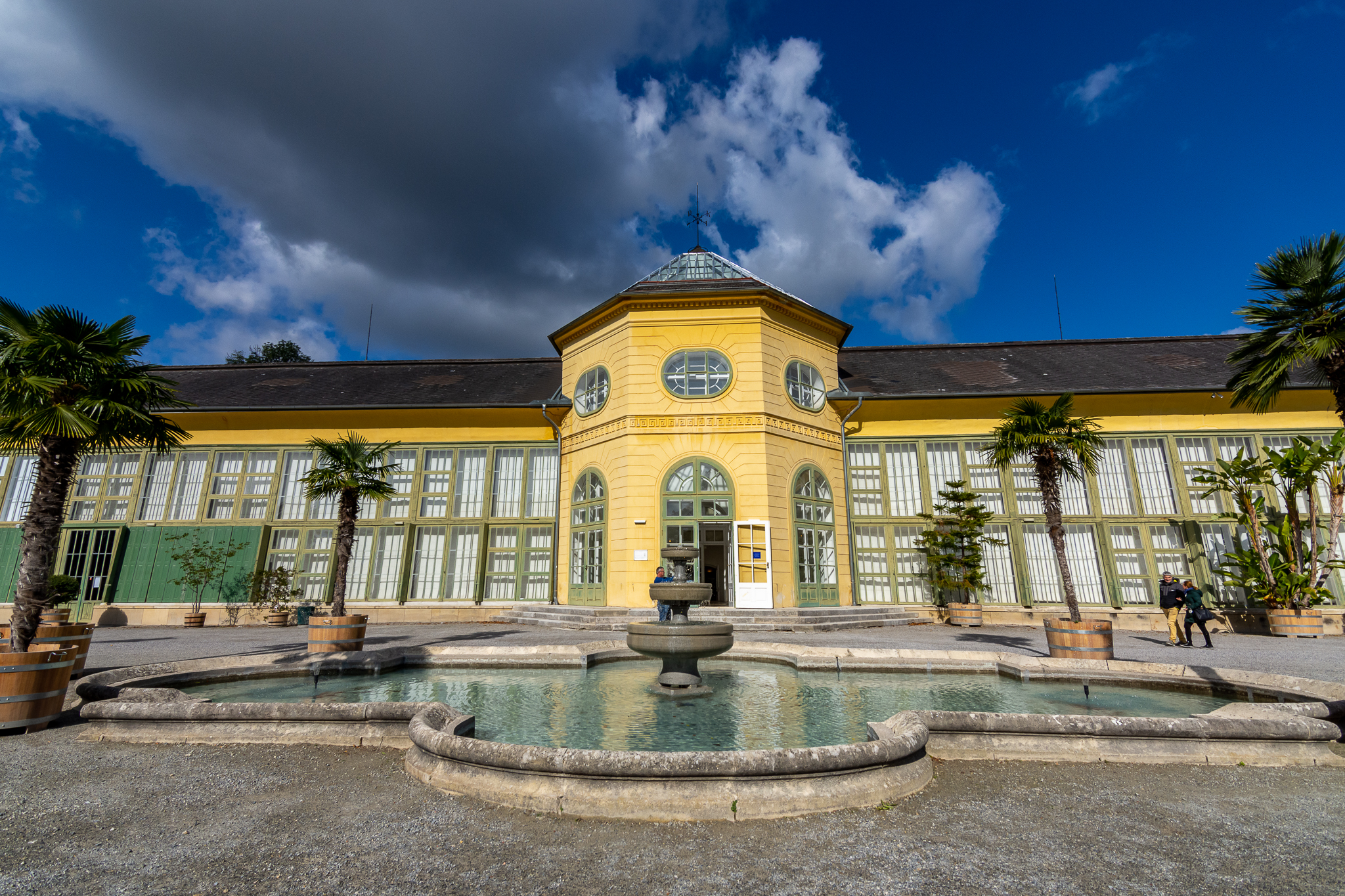
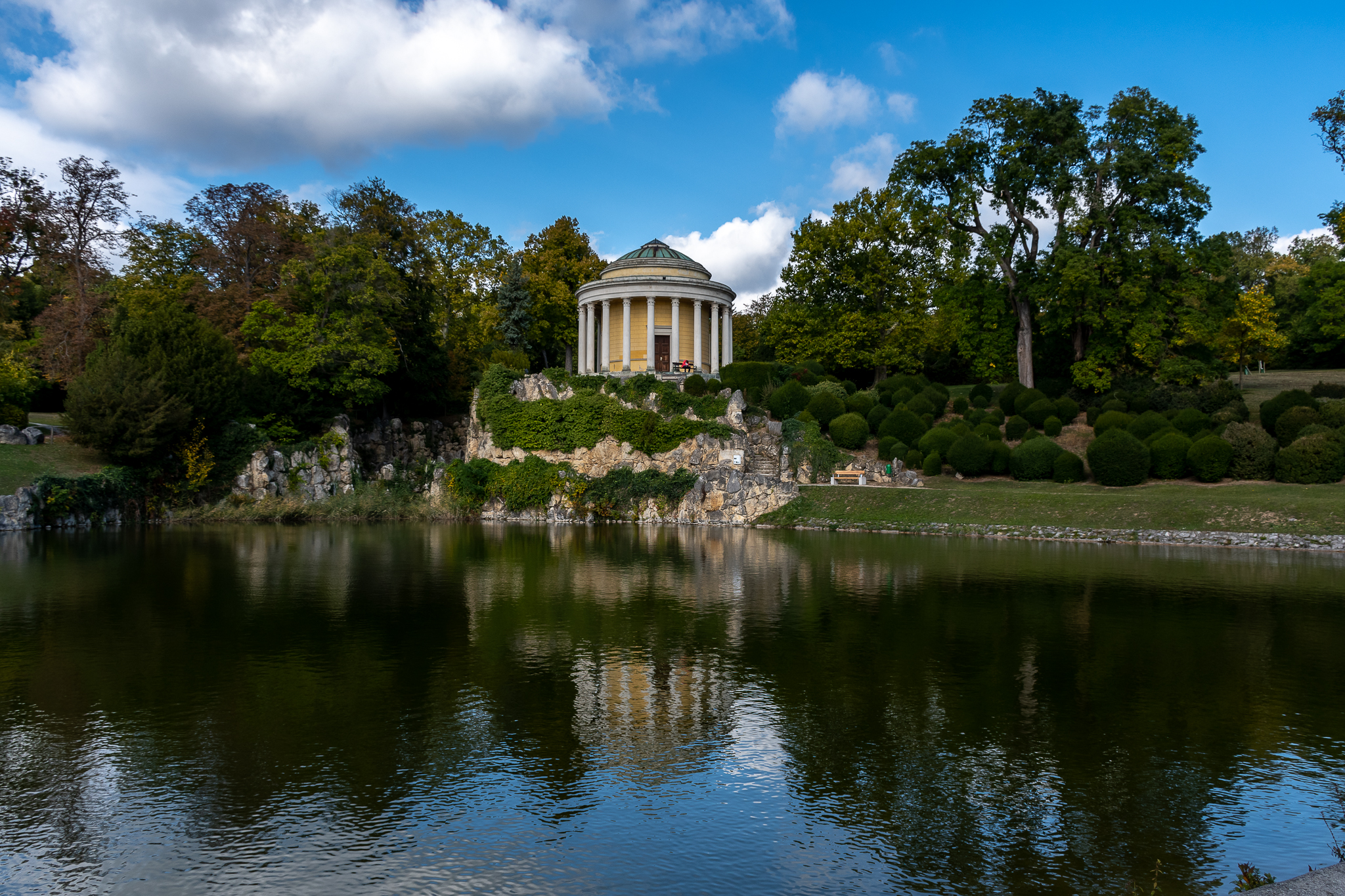
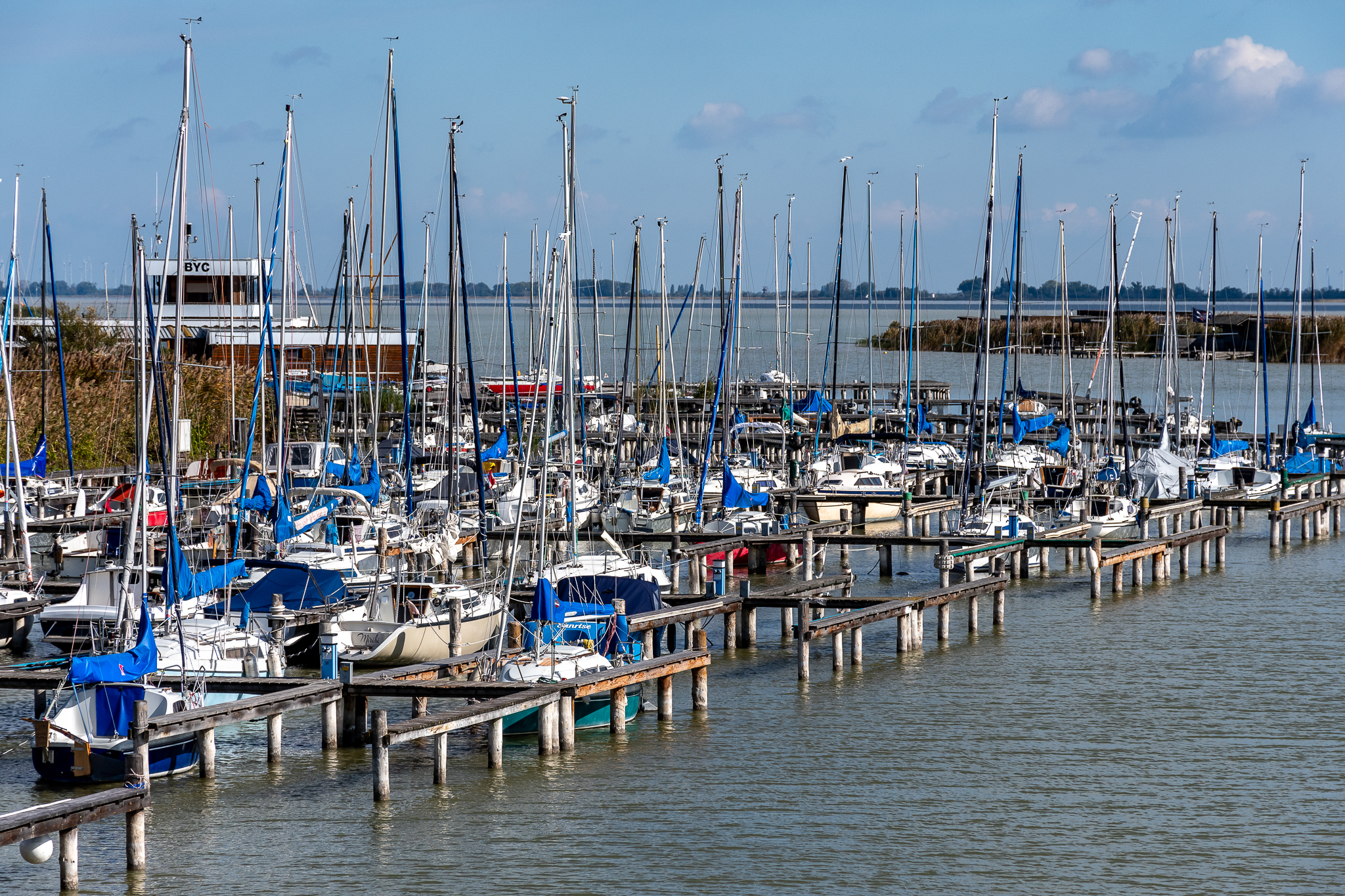
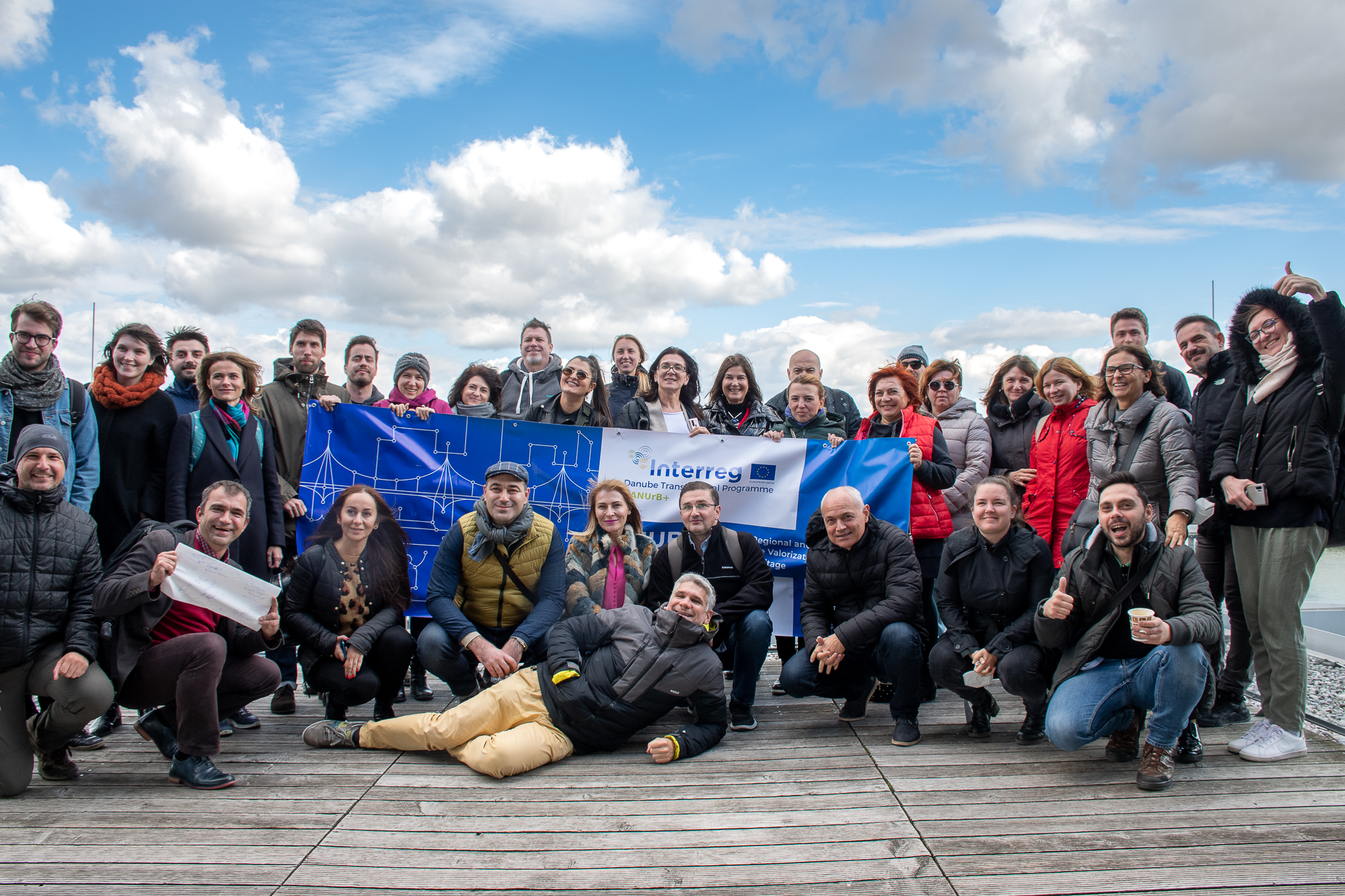

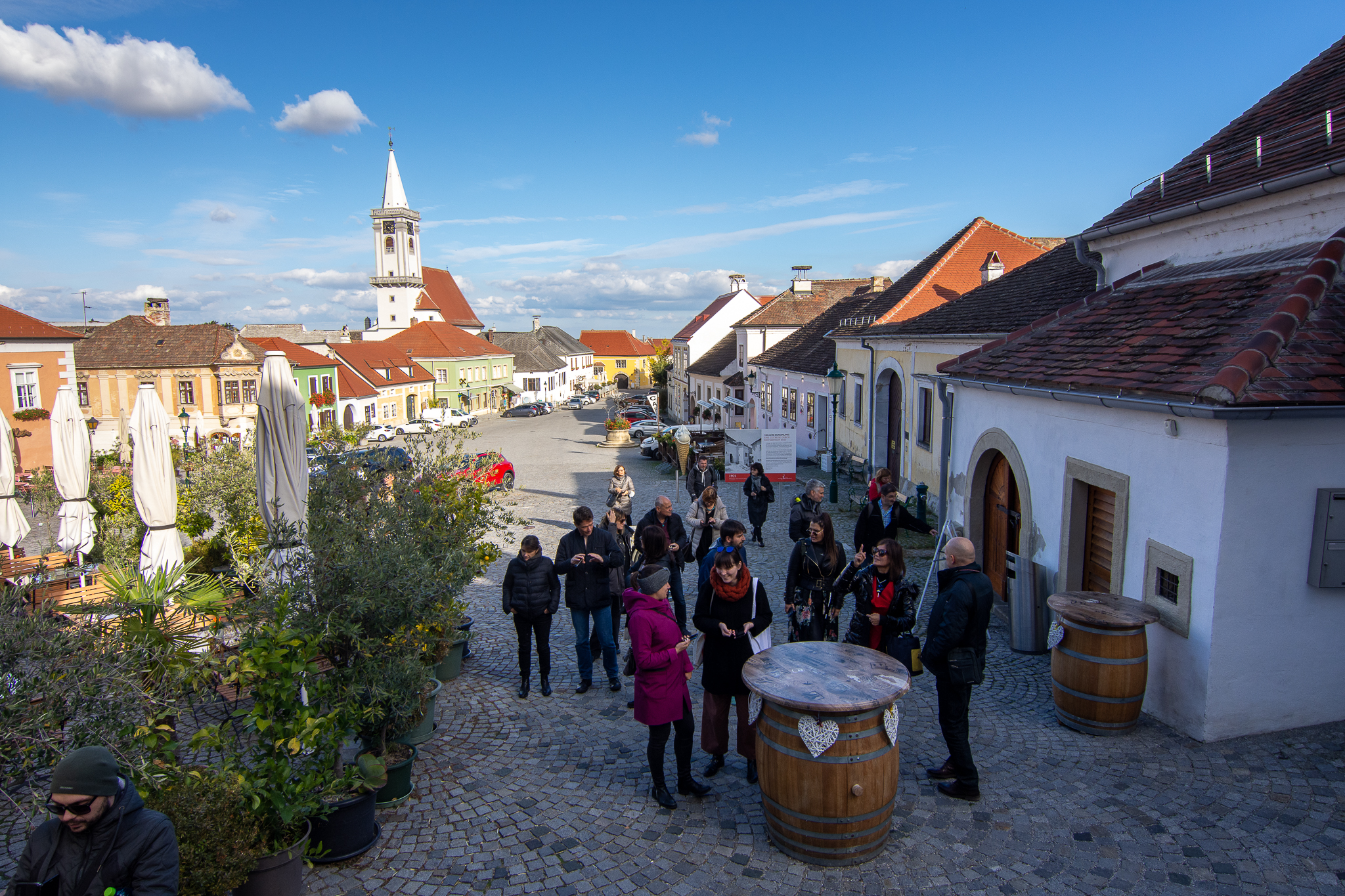

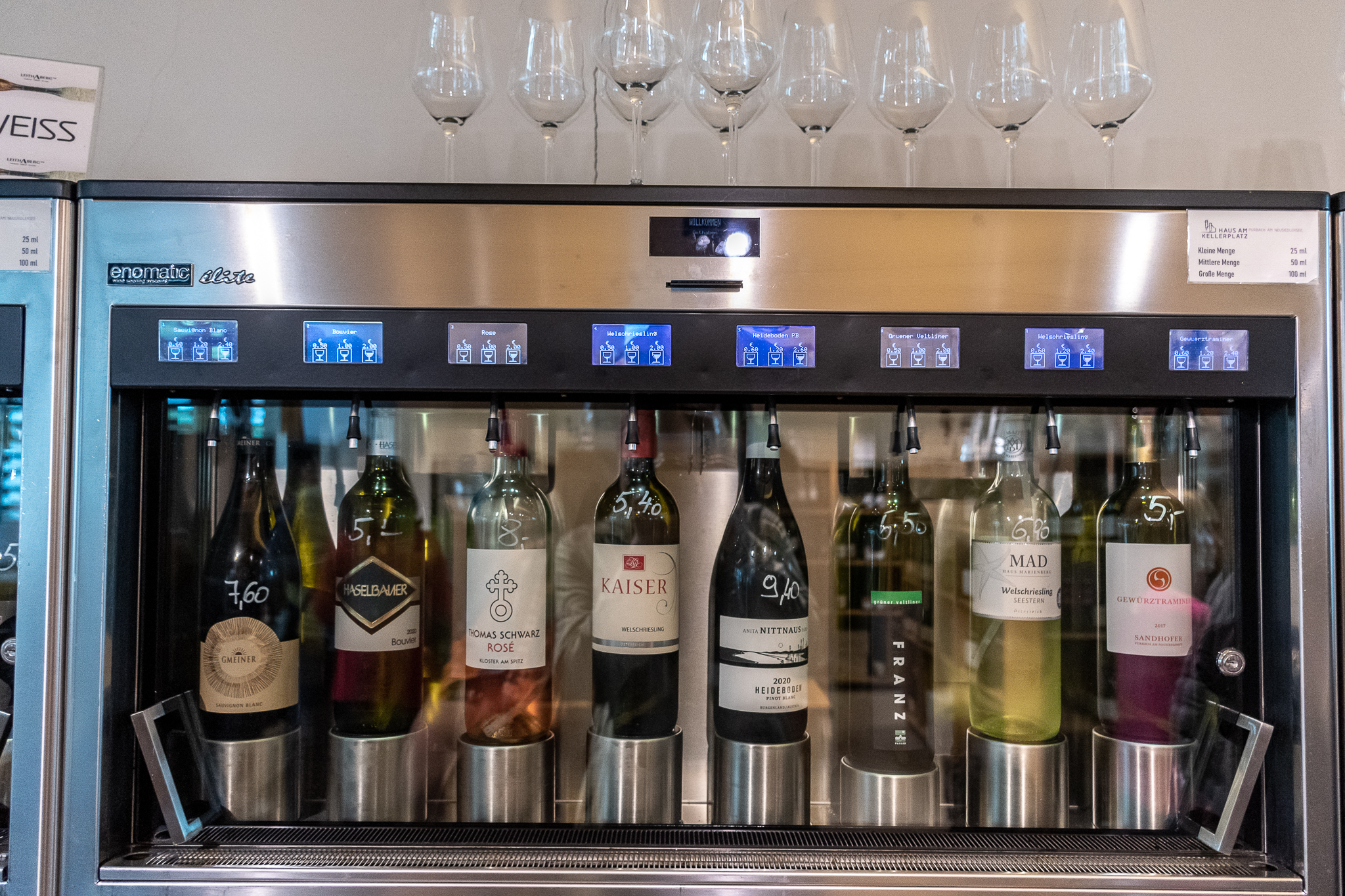
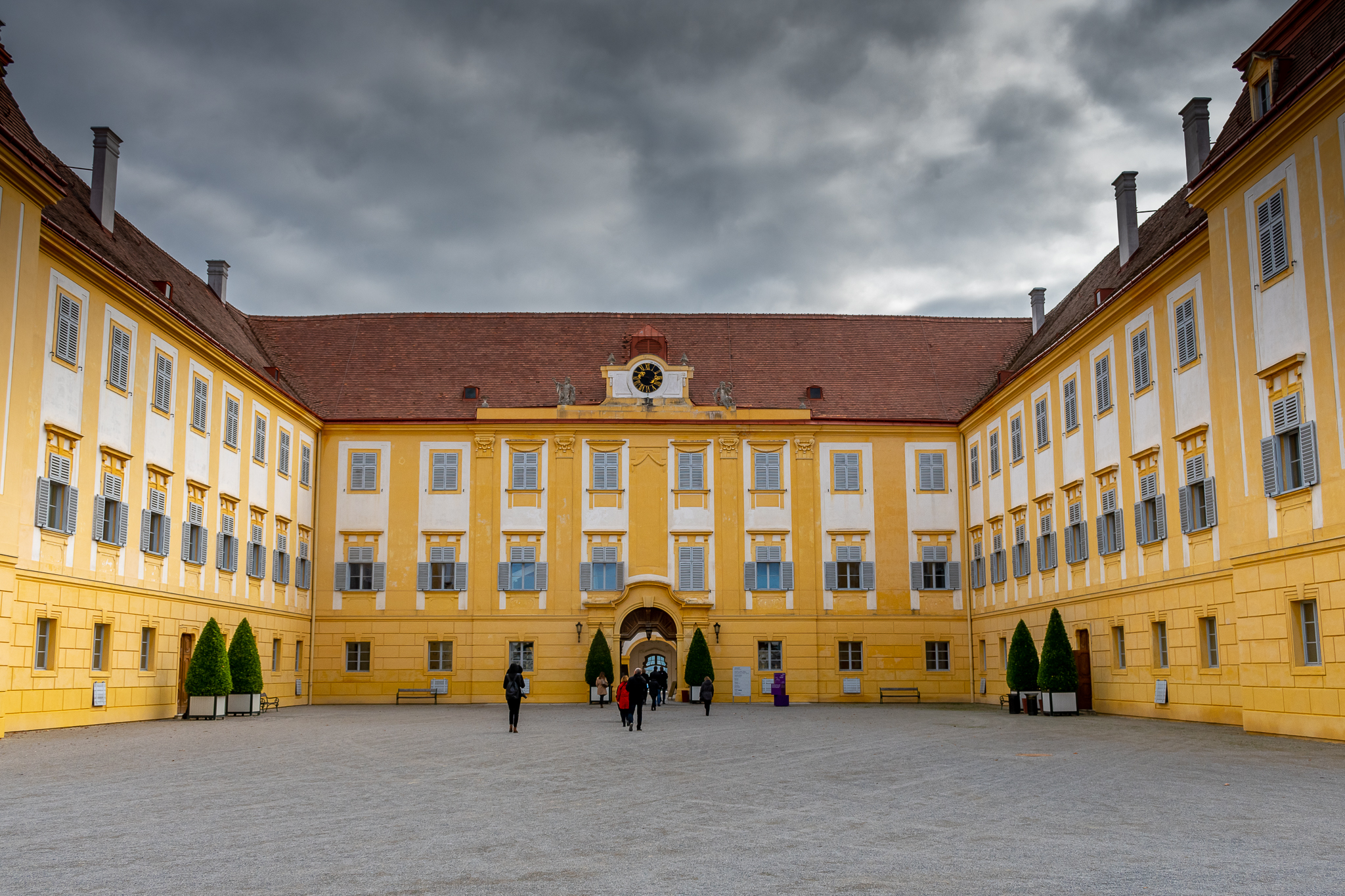
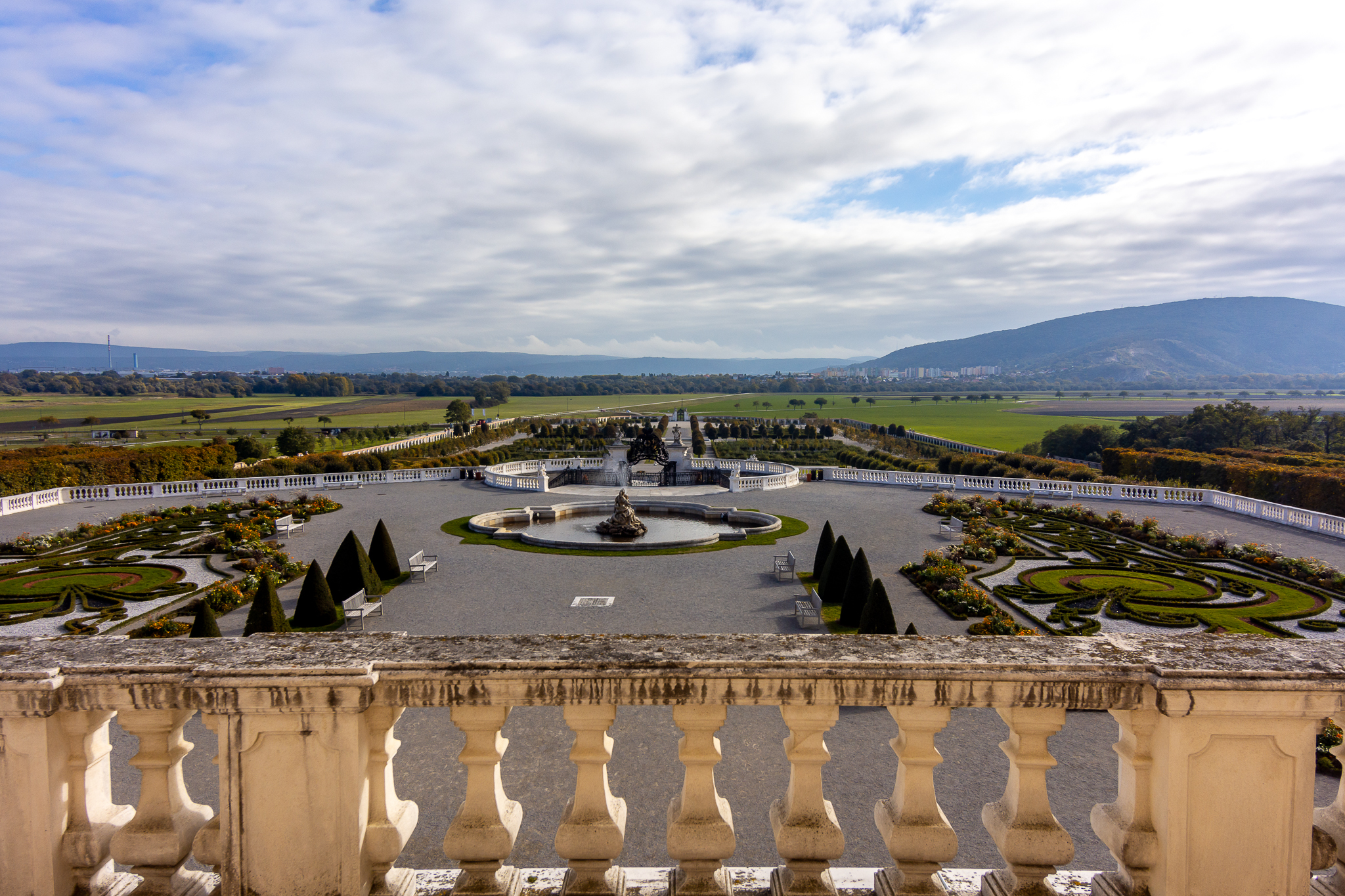
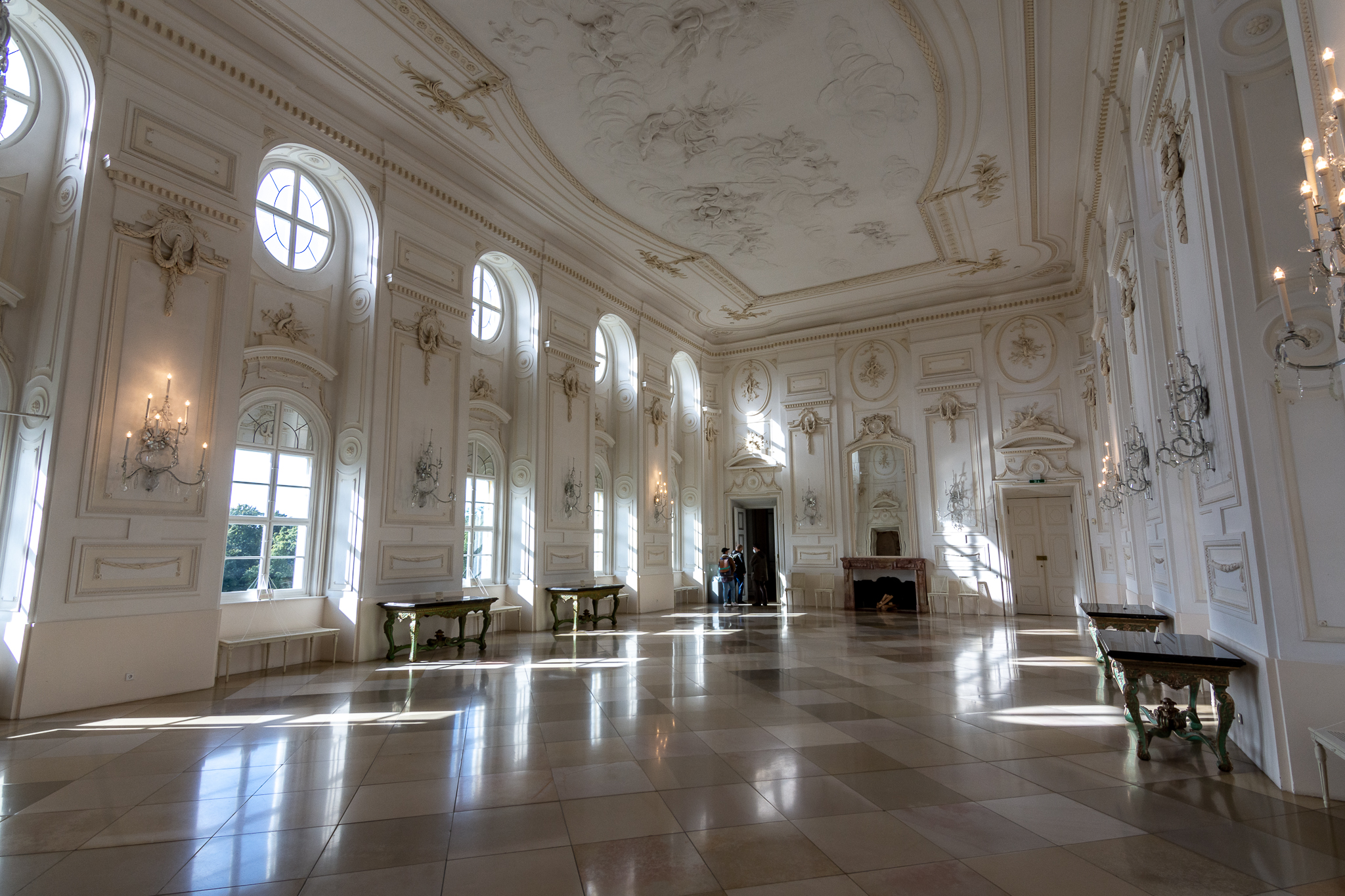
The last stop of the journey was Petronell Carnuntum, a heritage of the Roman Empire, important part of the Limes Romanu. Antiquity comes alive again in the Roman city quarter with its reconstructed ancient buildings as well as in the amphitheaters and Museum Carnuntum, the city’s treasure chamber.

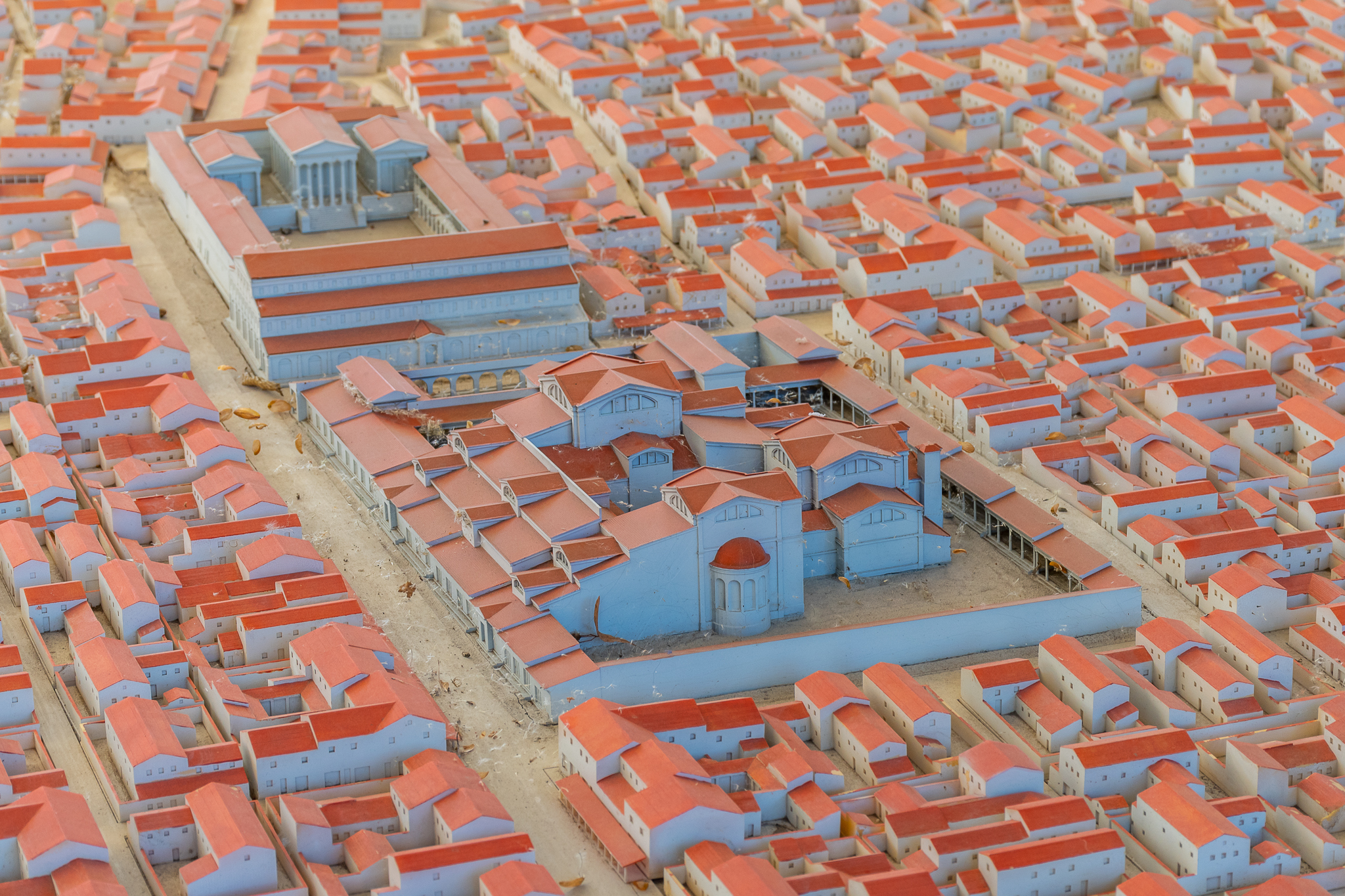
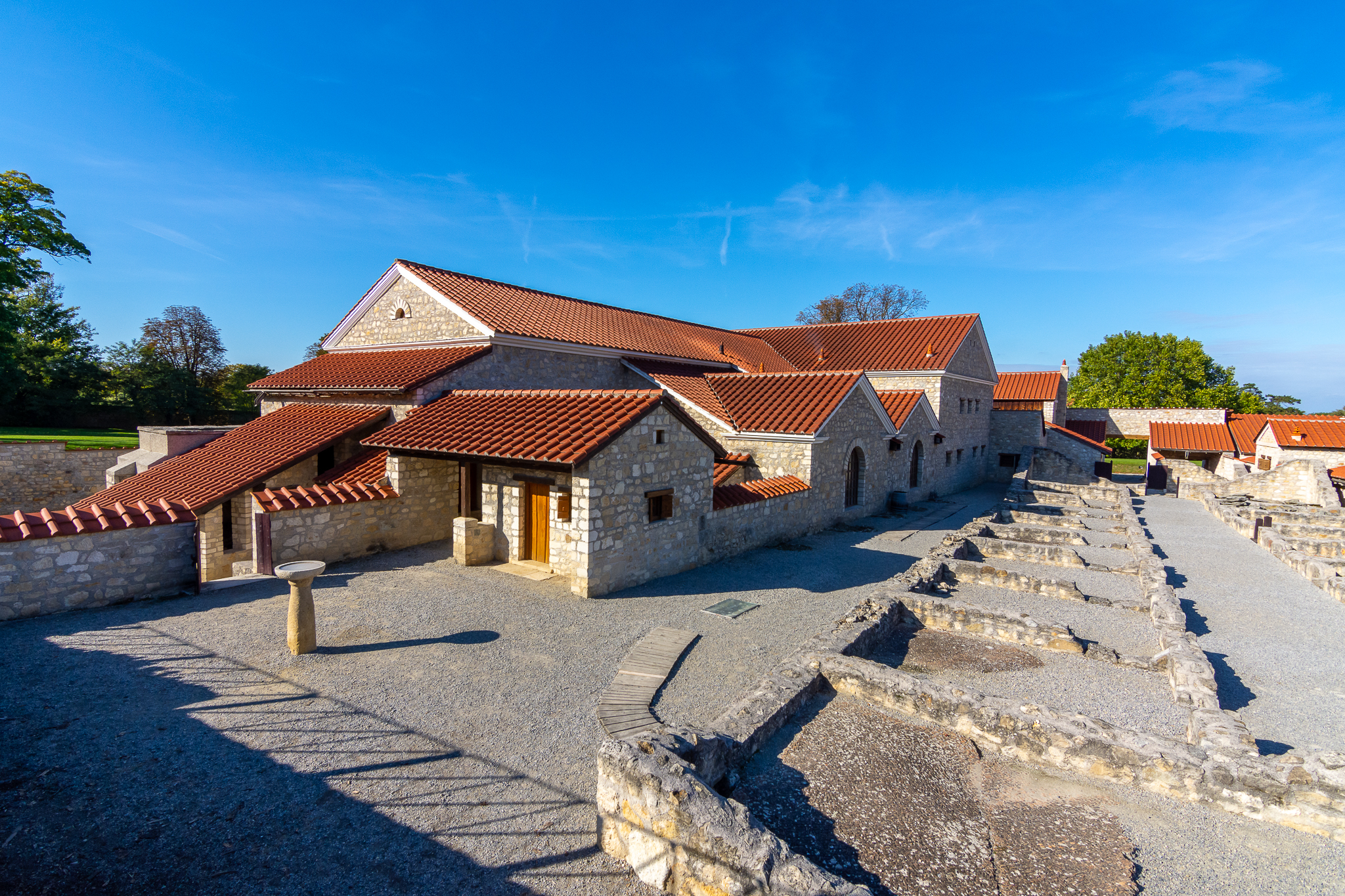
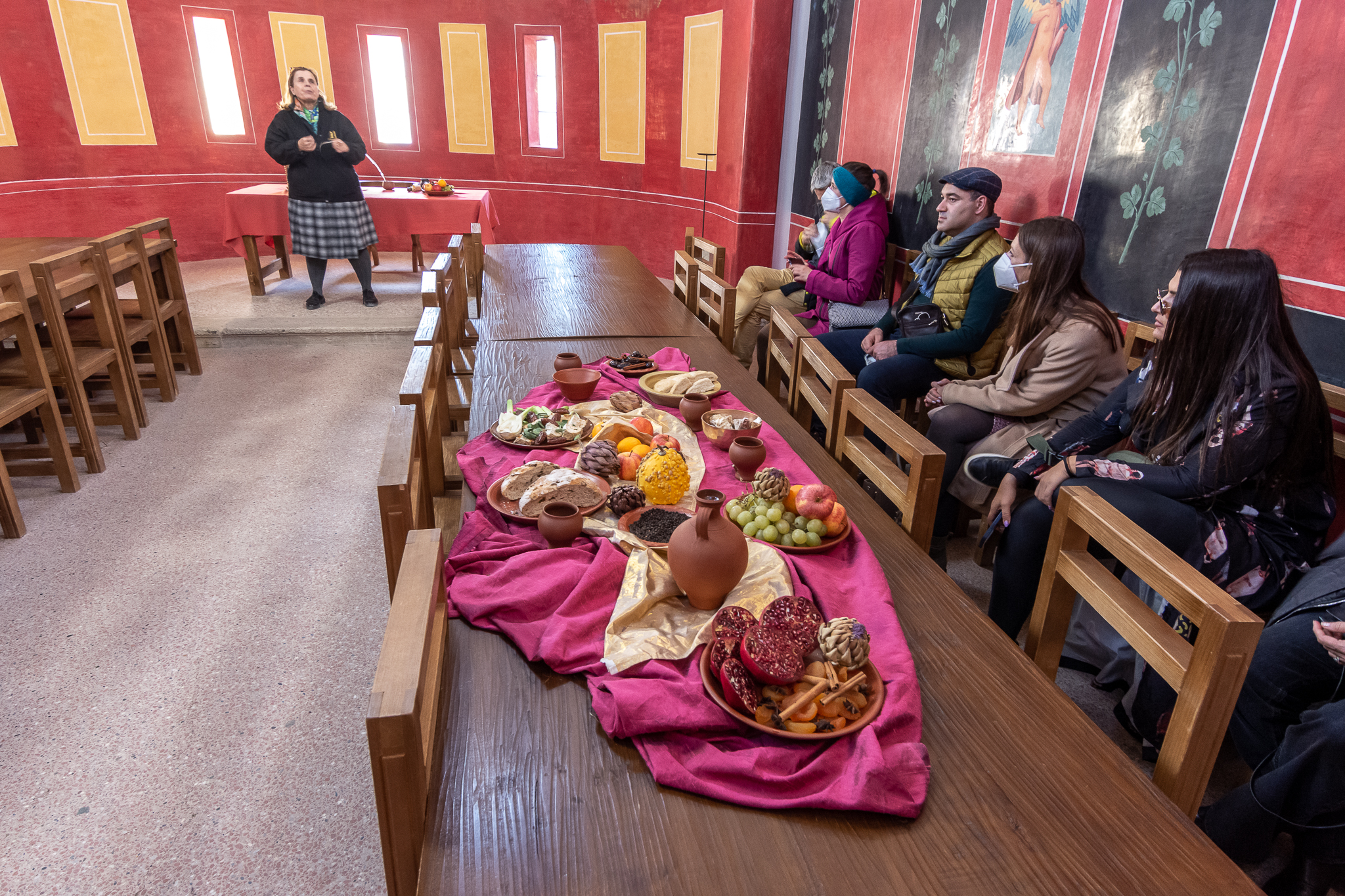
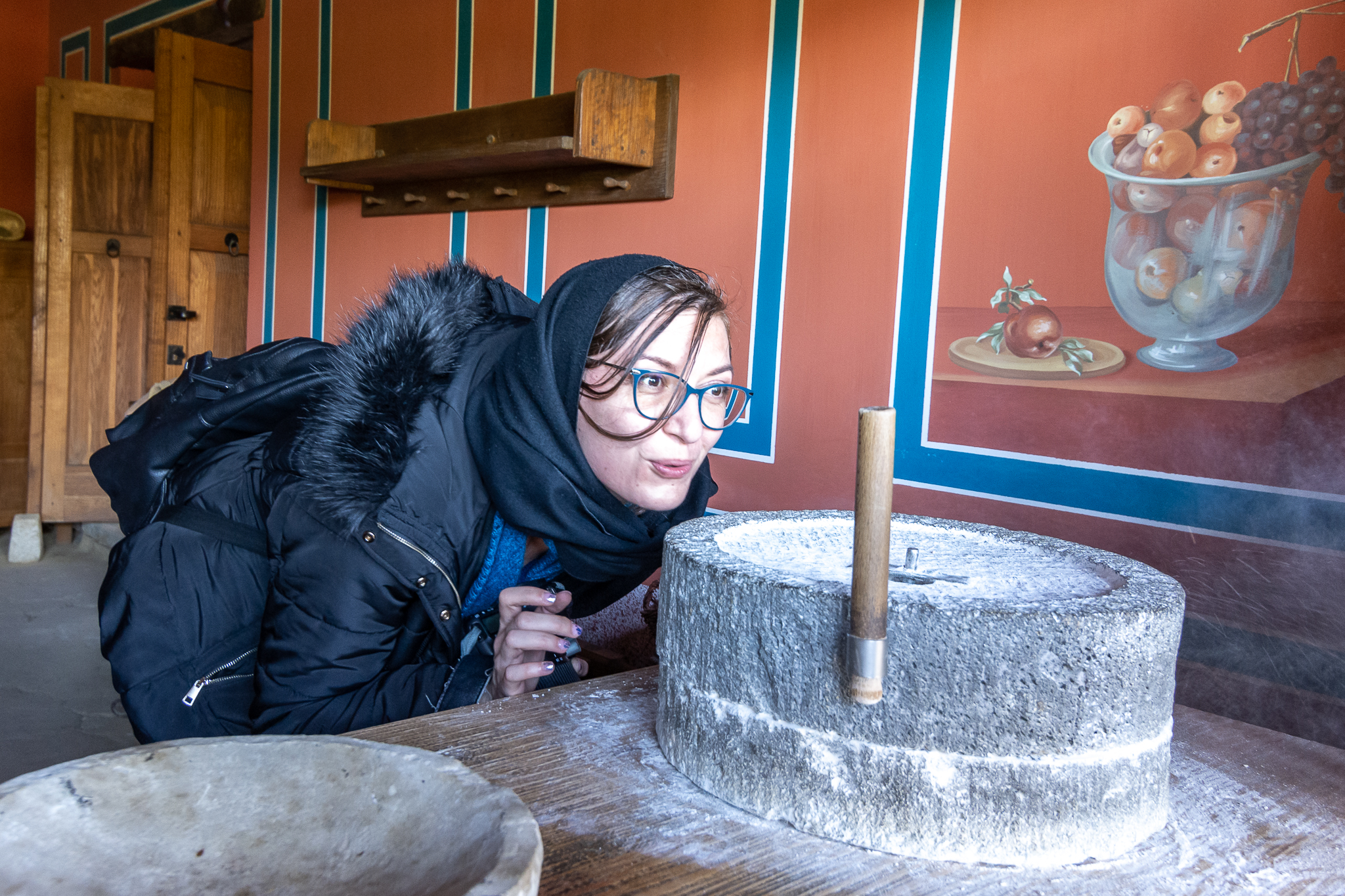
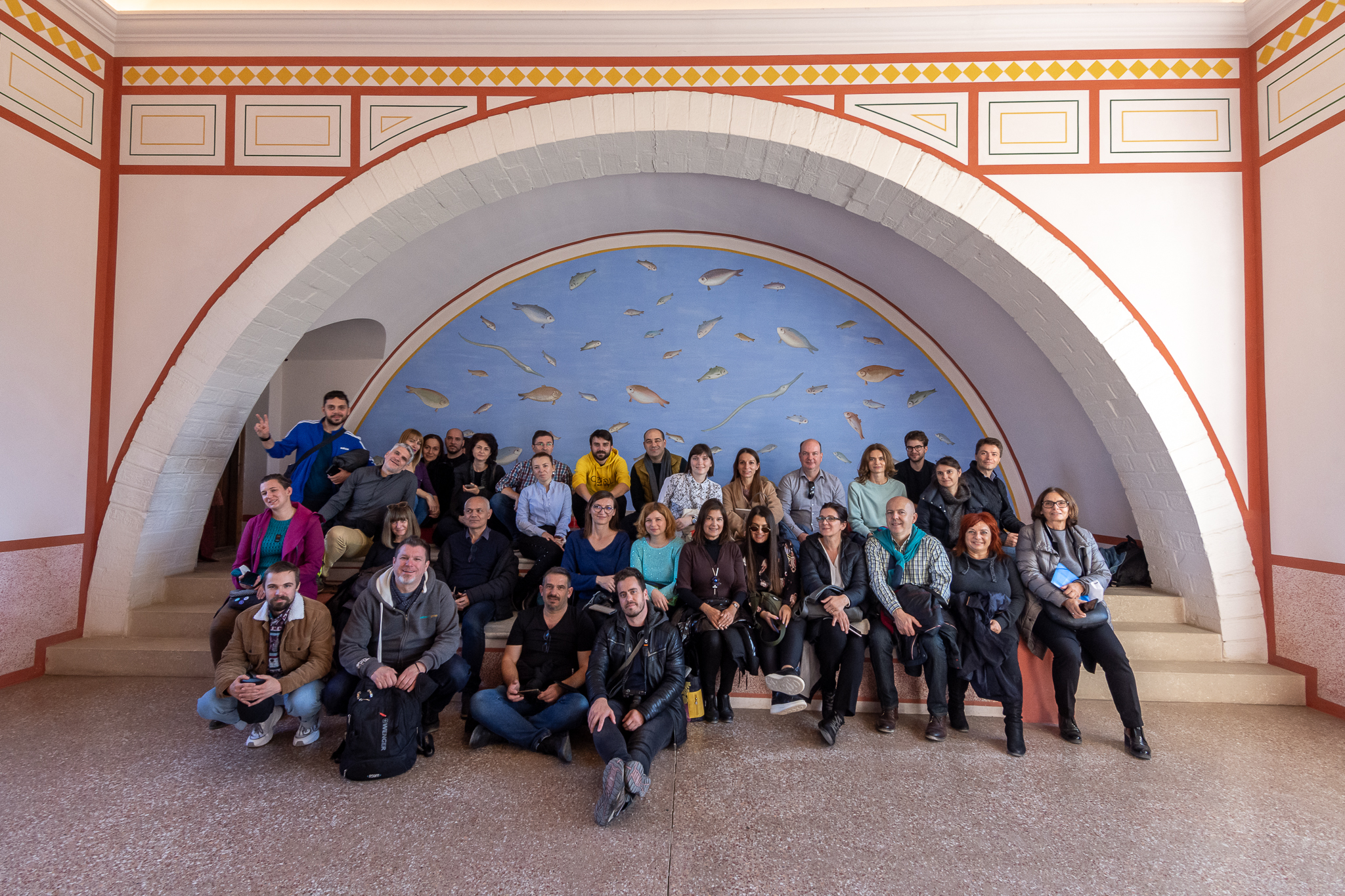
The great experiences along the Danube would not have happened without the commitment of the local hosts and stakeholders, and the organizers of the whole event - the Budapest University of Technology and Economics and the Slovak University of Technology in Bratislava.
------------------------------------------------------------------------
Project co-funded by European Union funds (ERDF and IPA).
